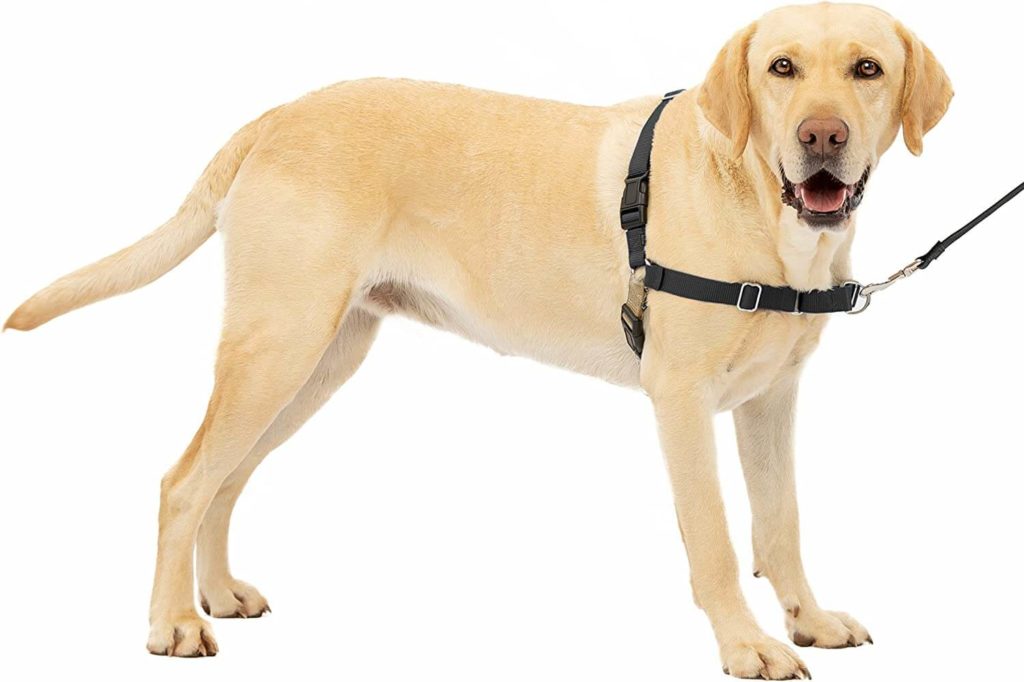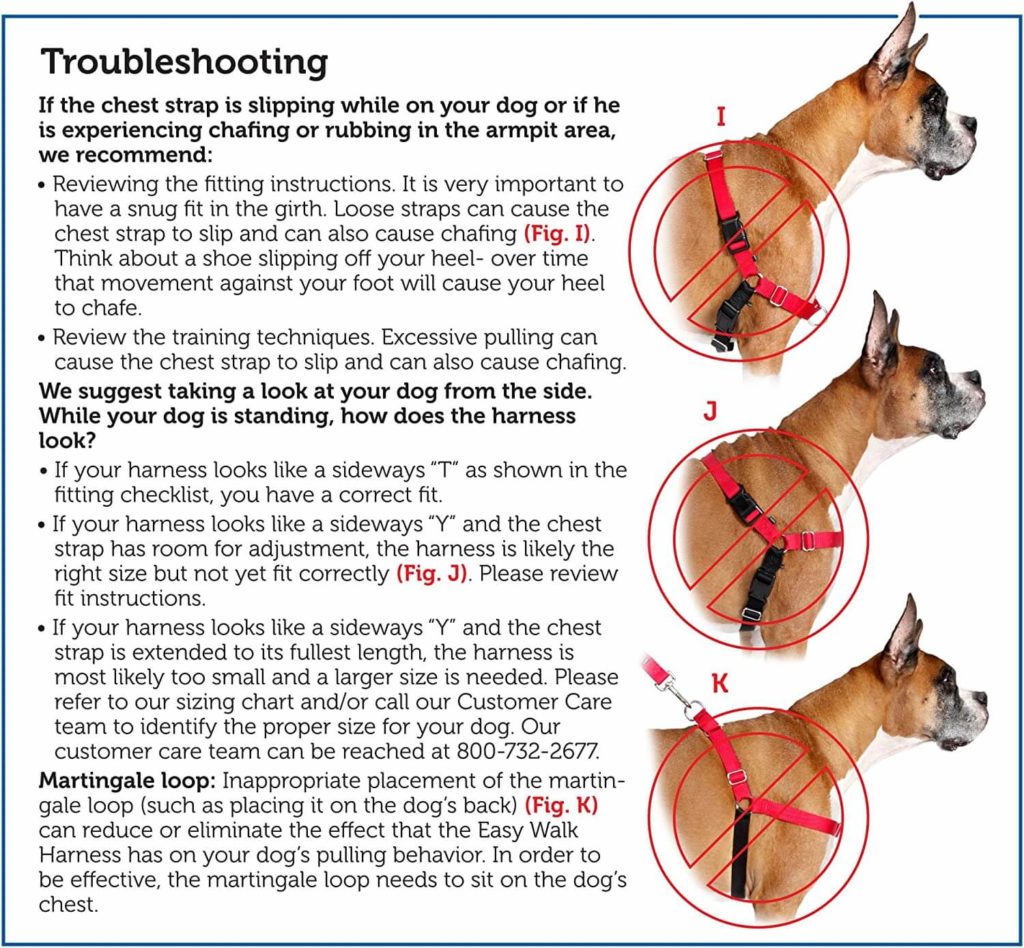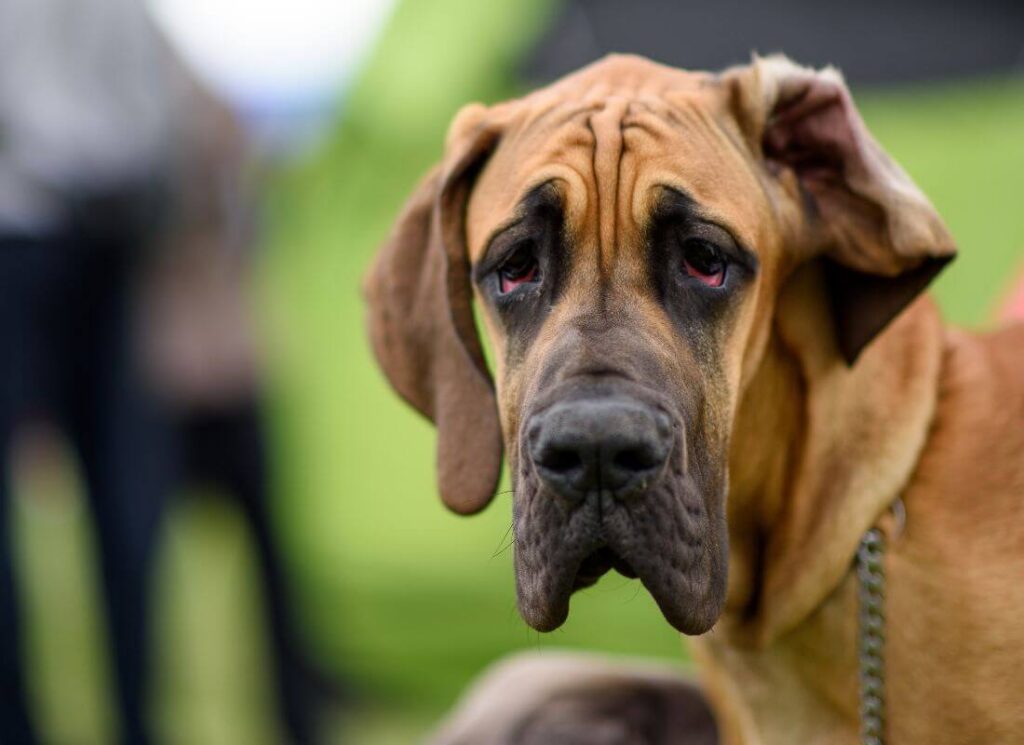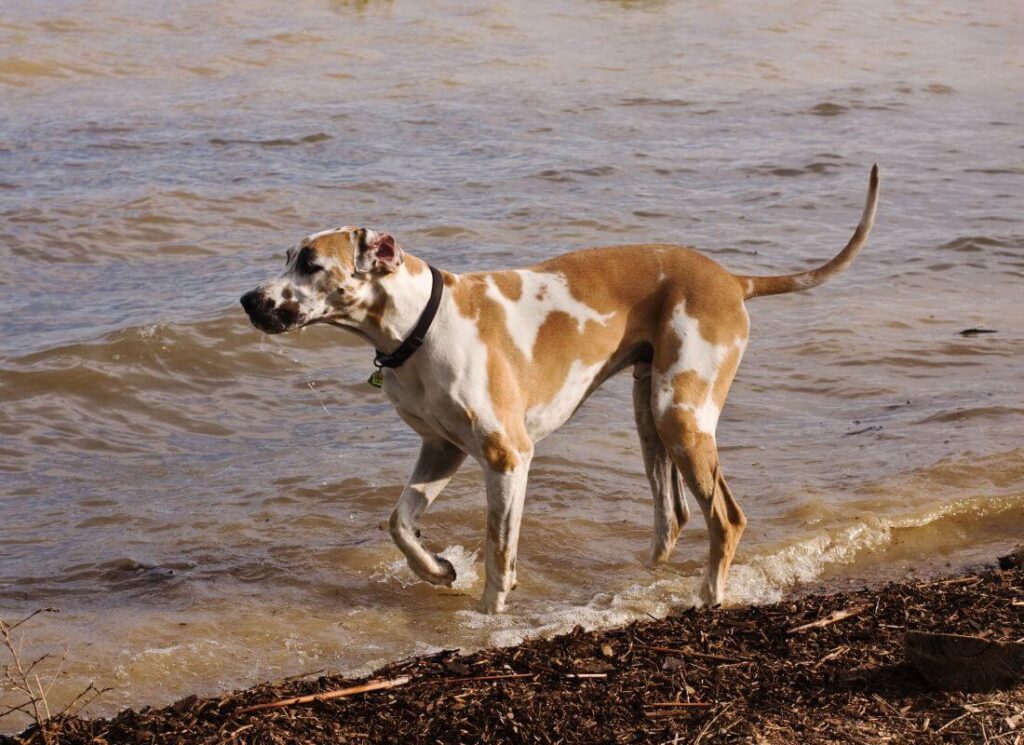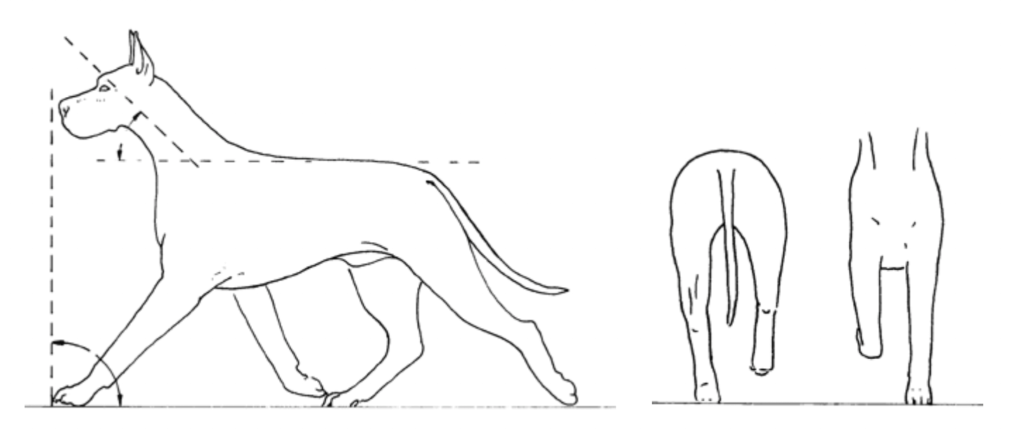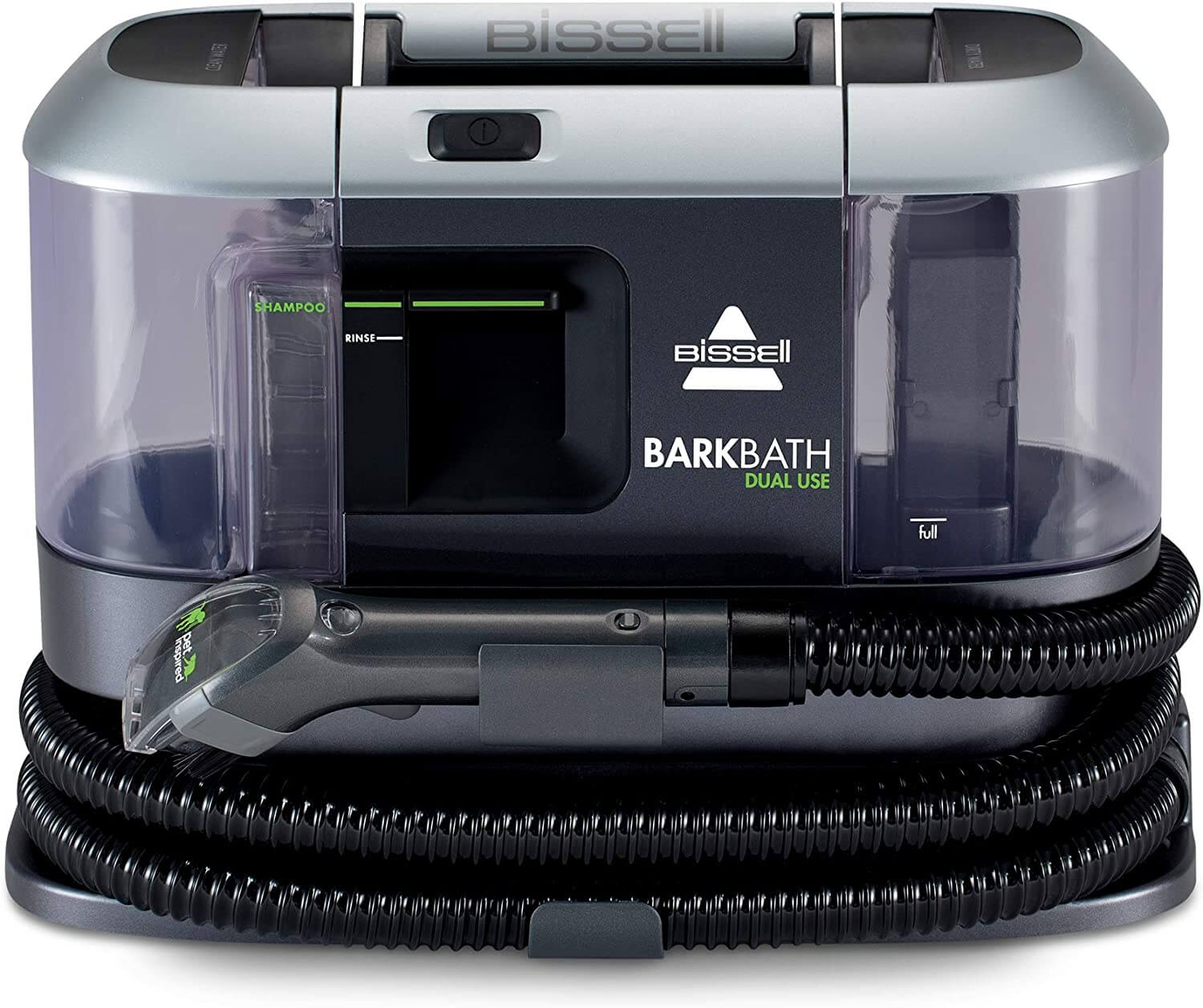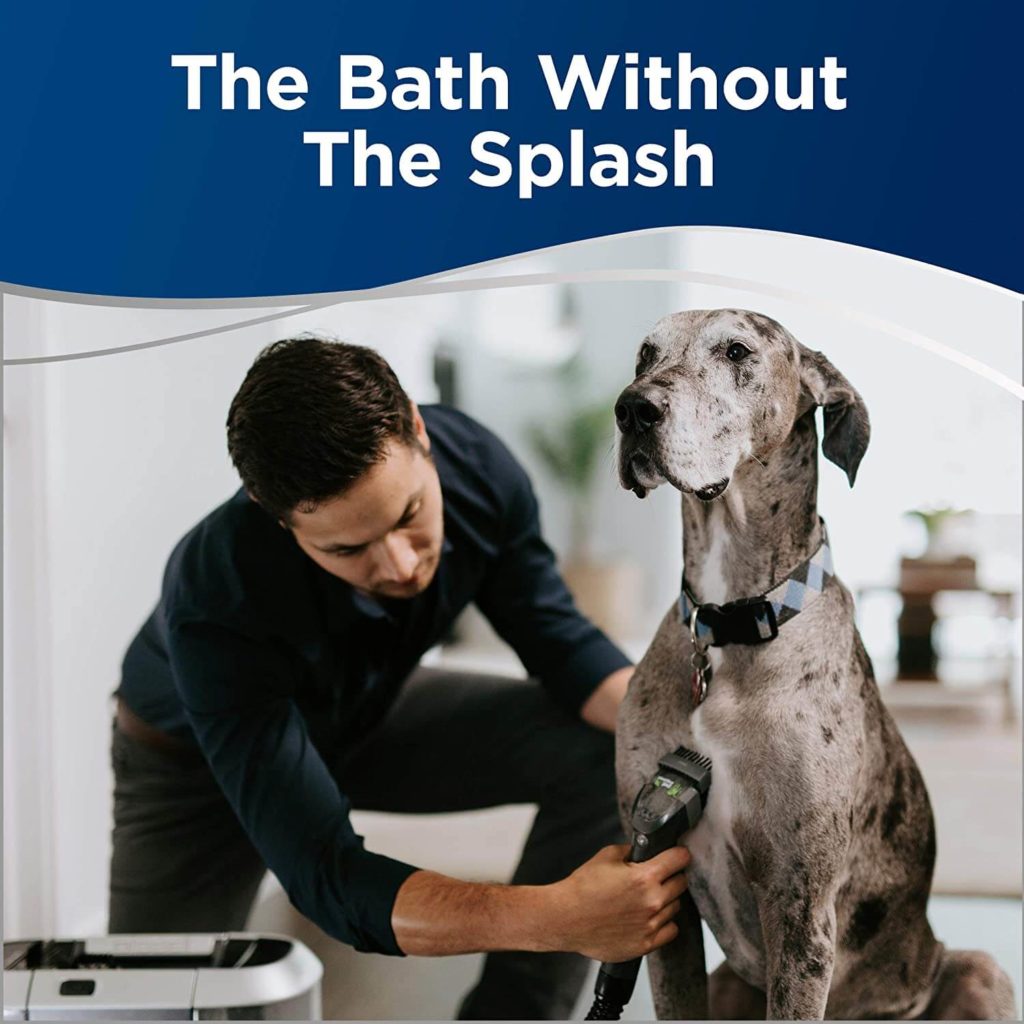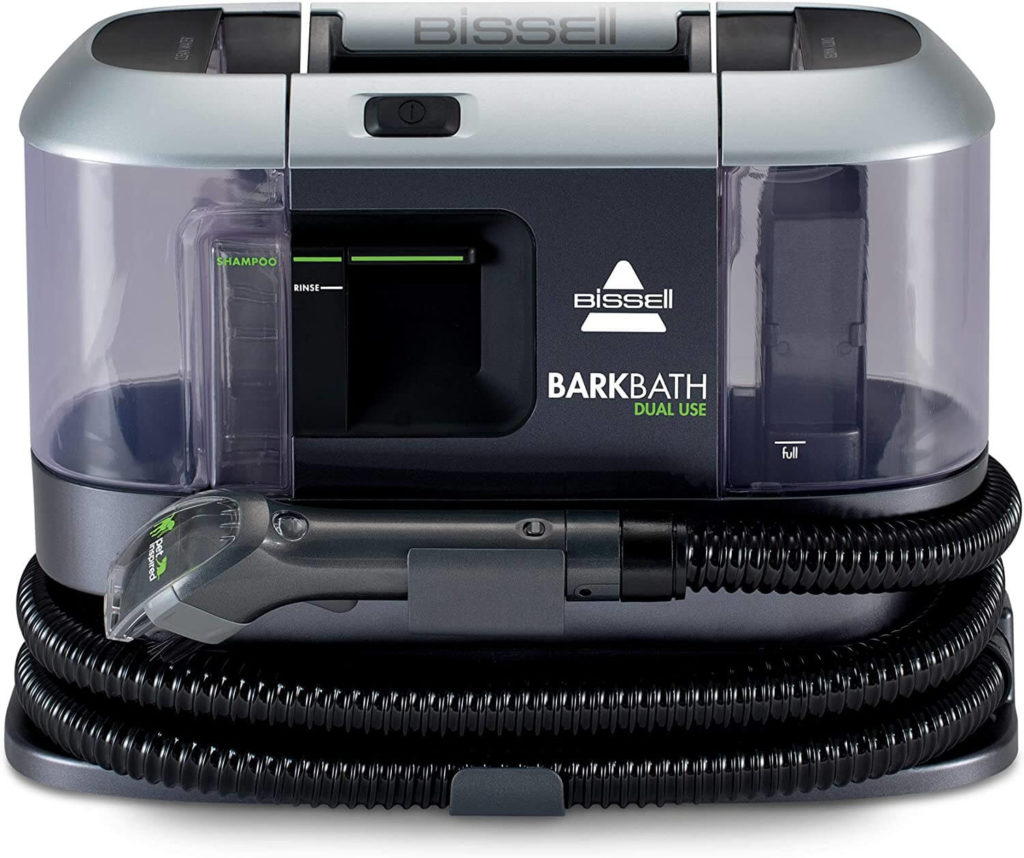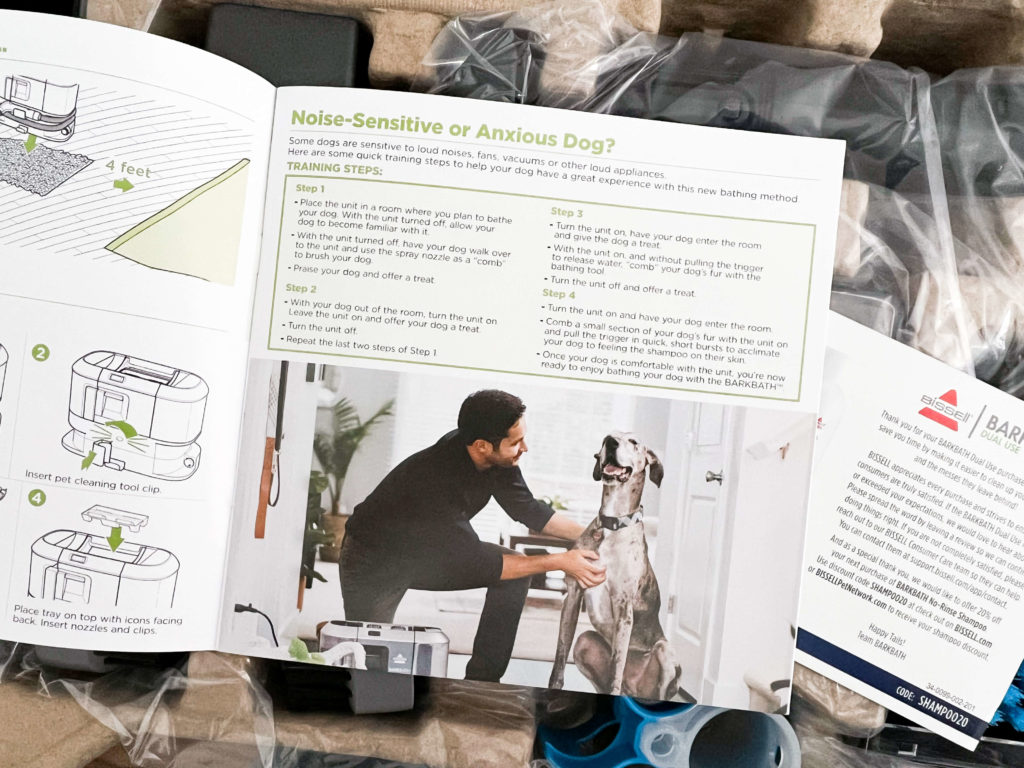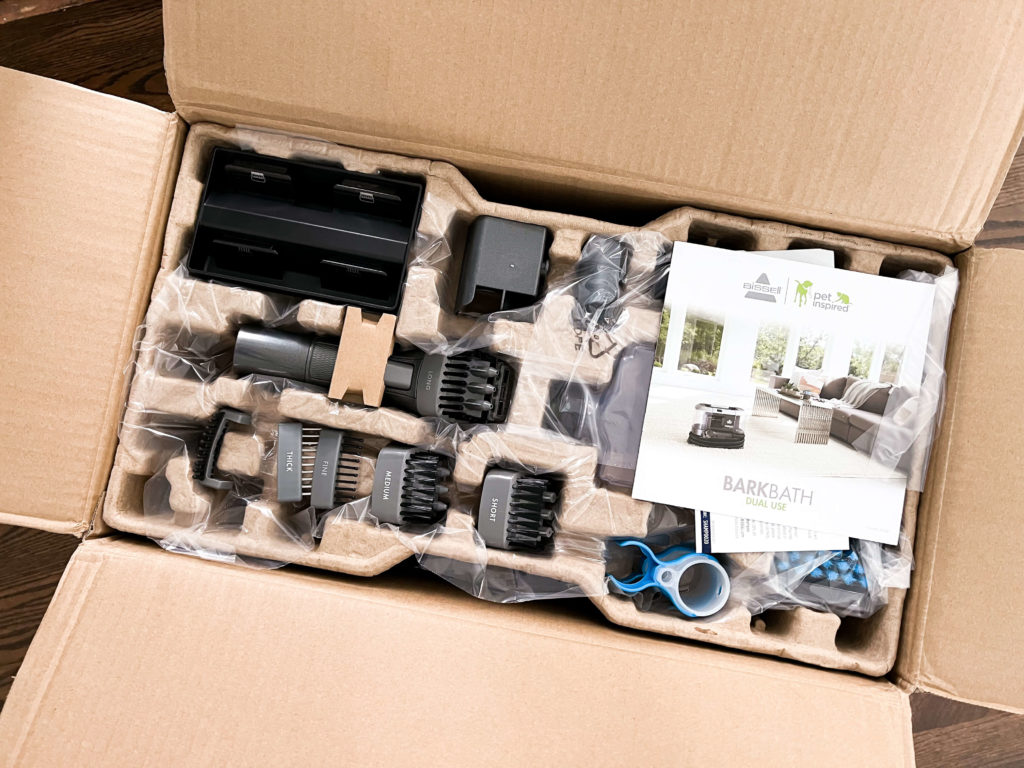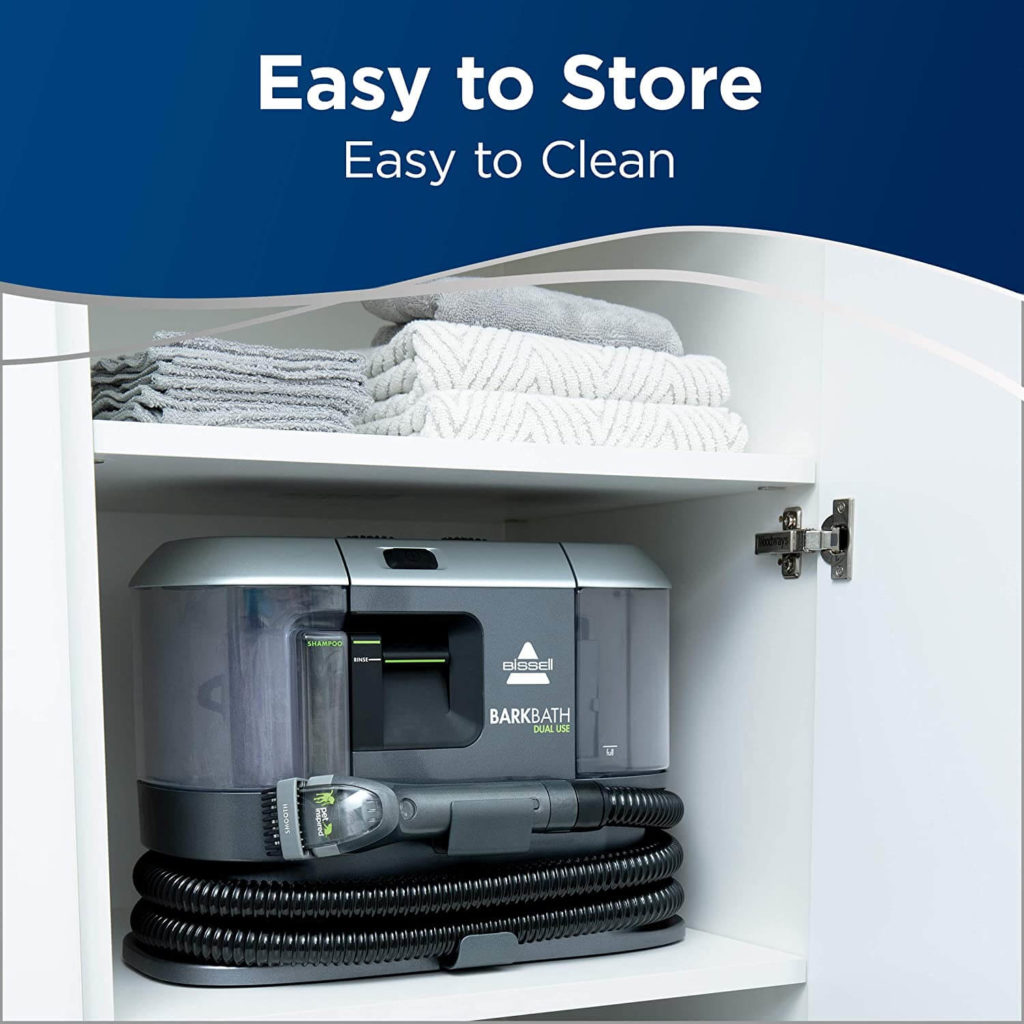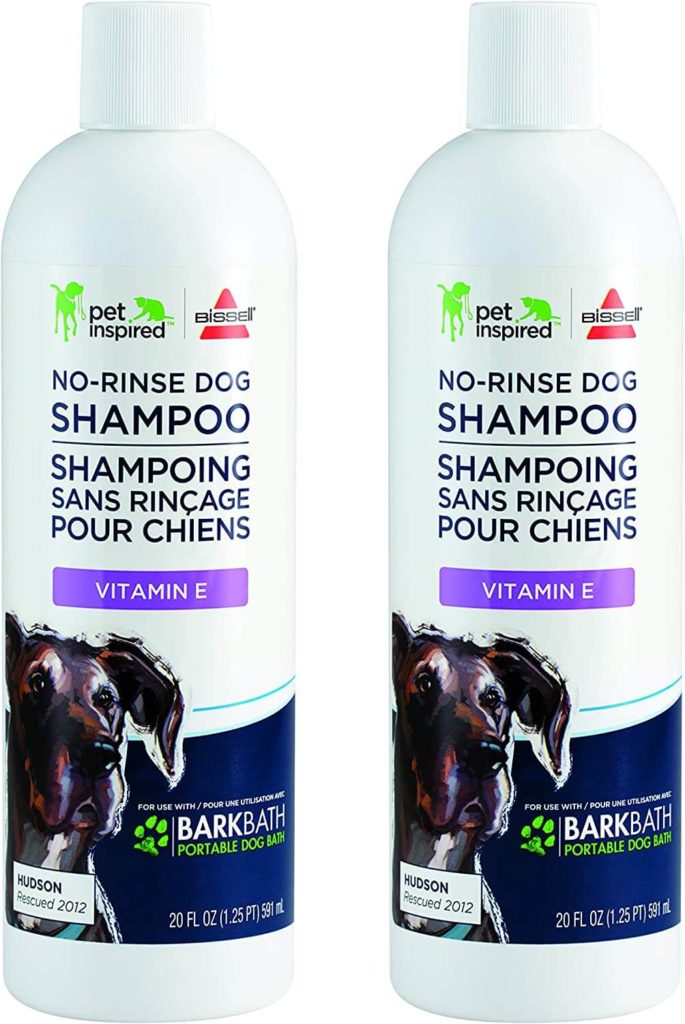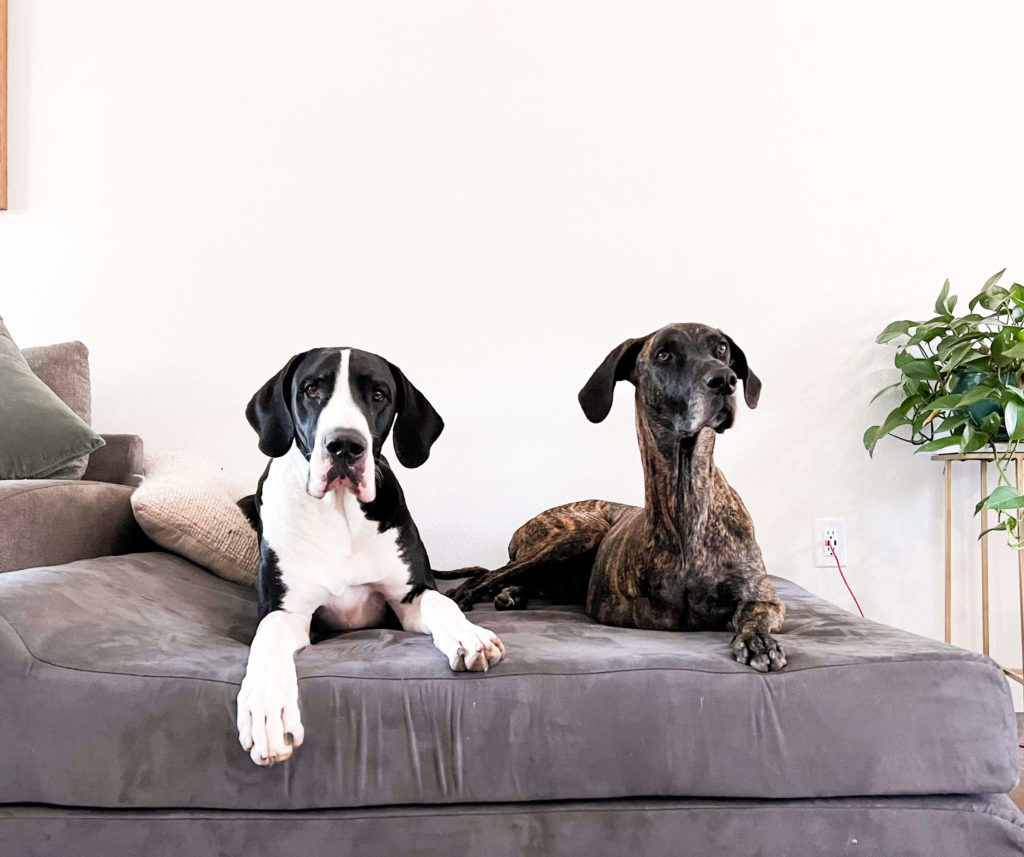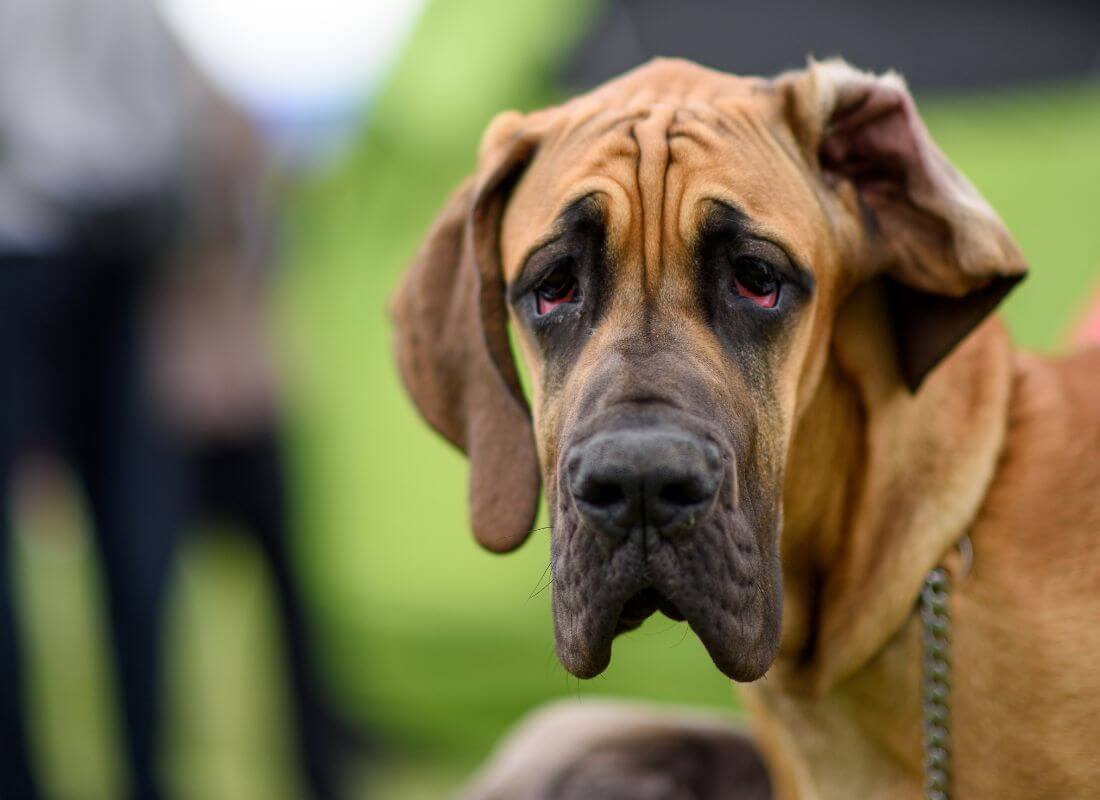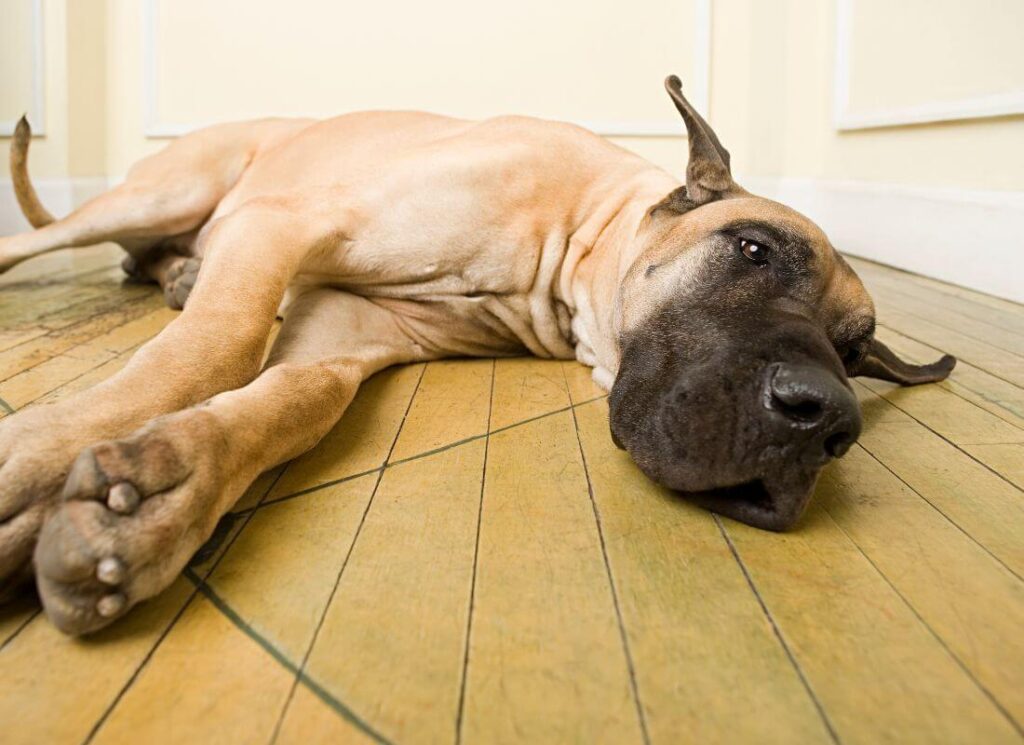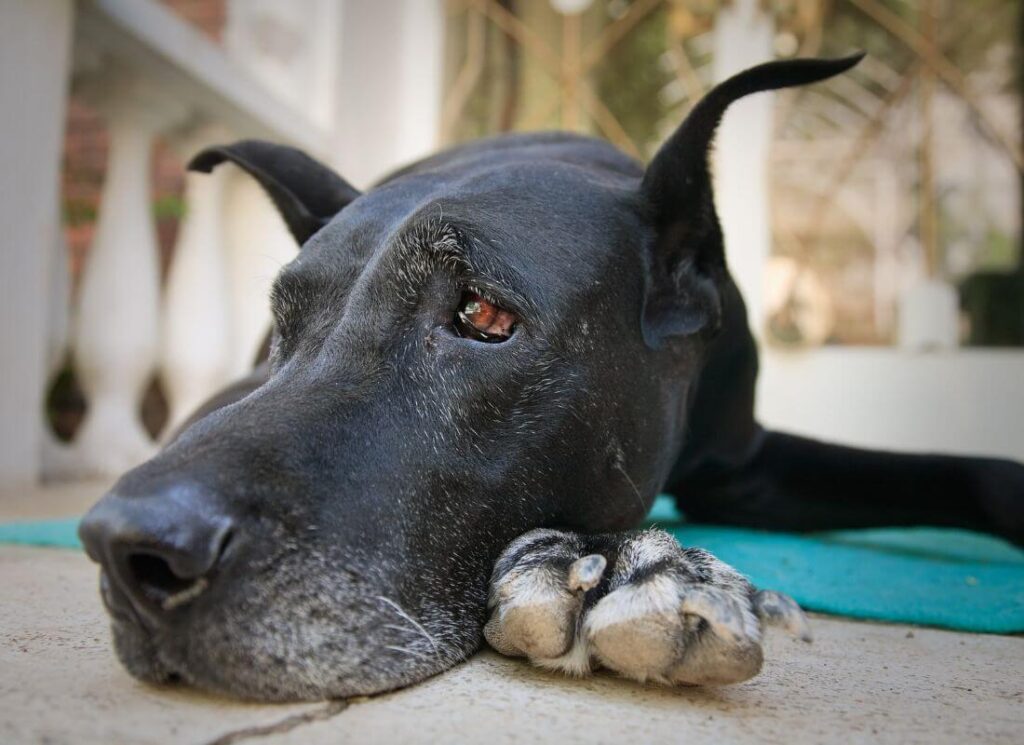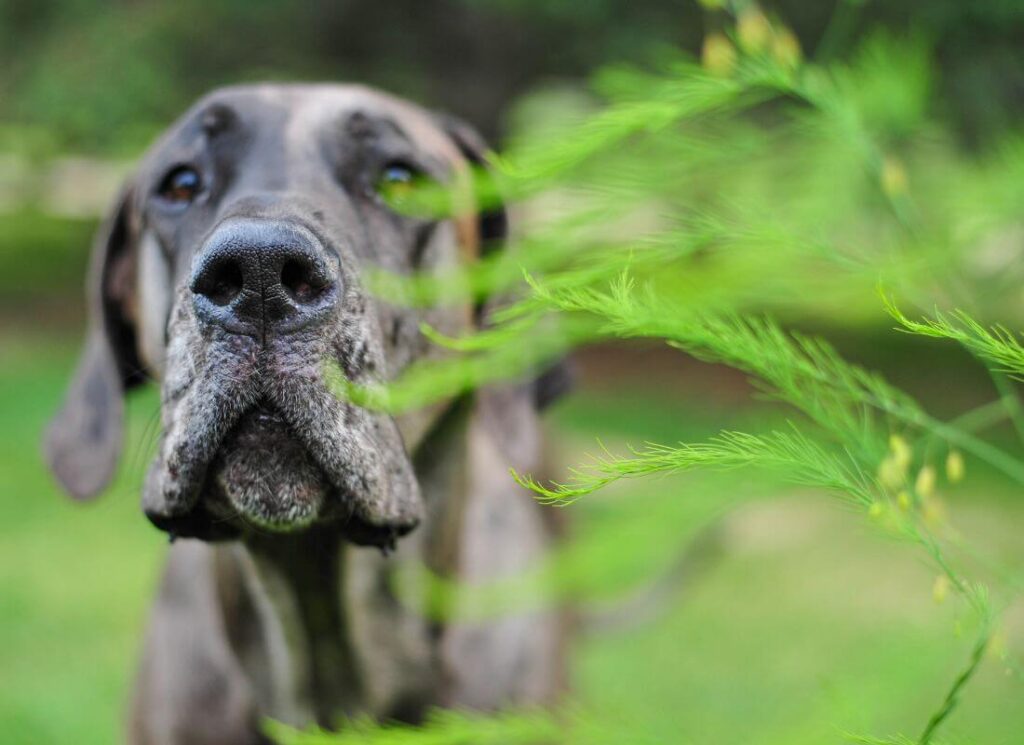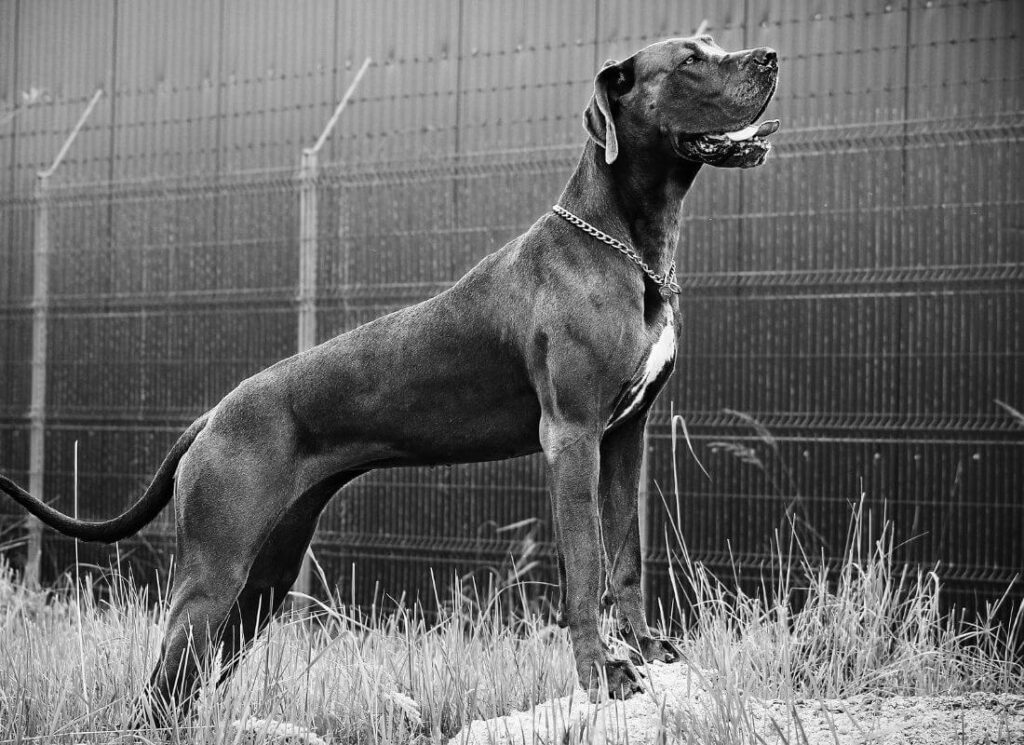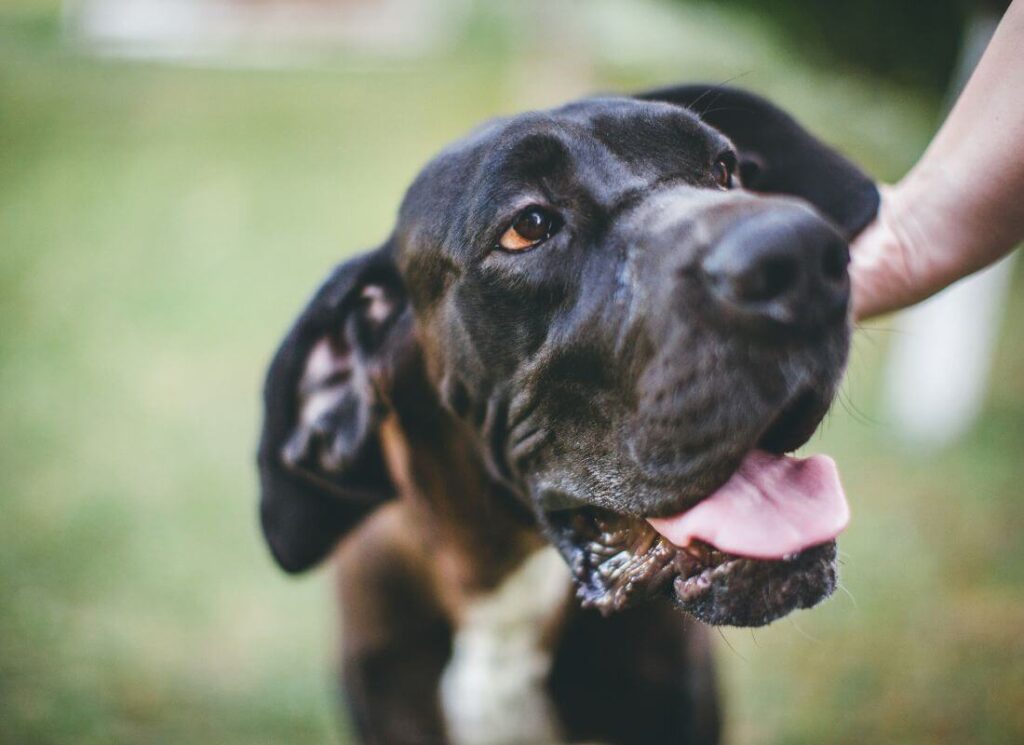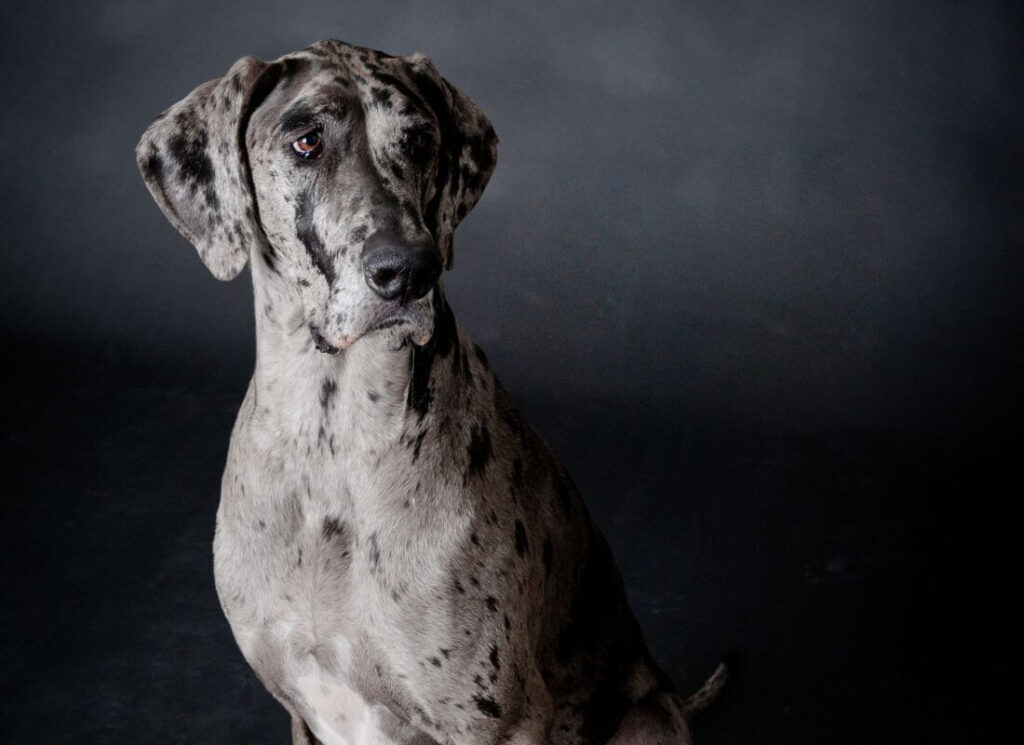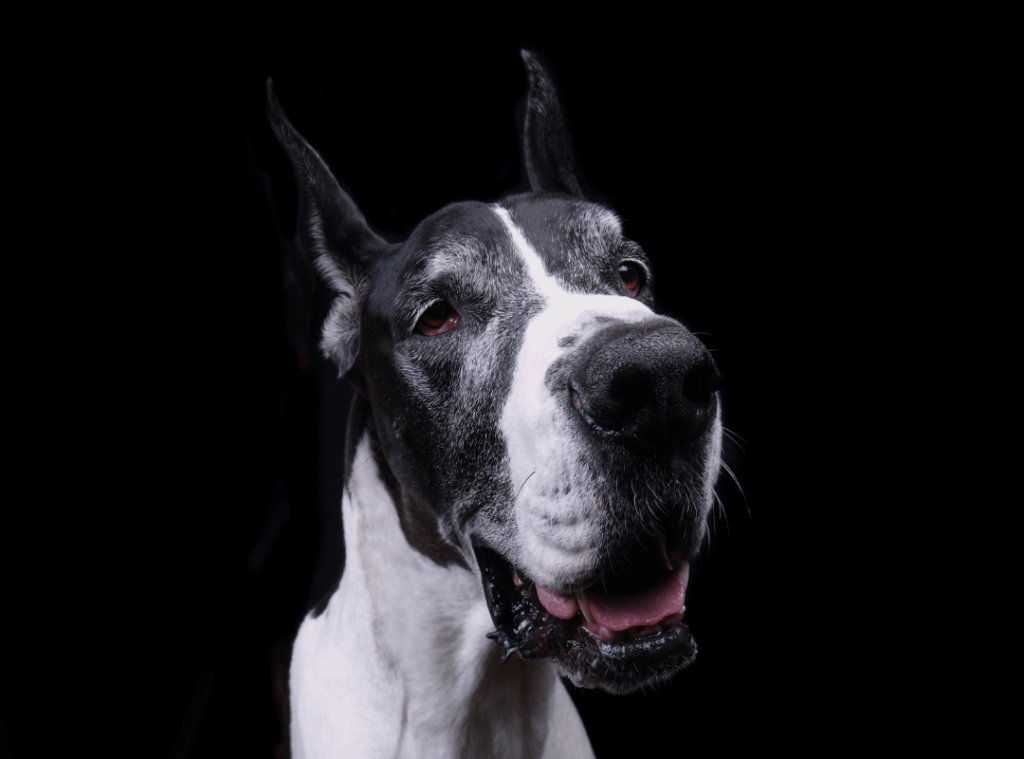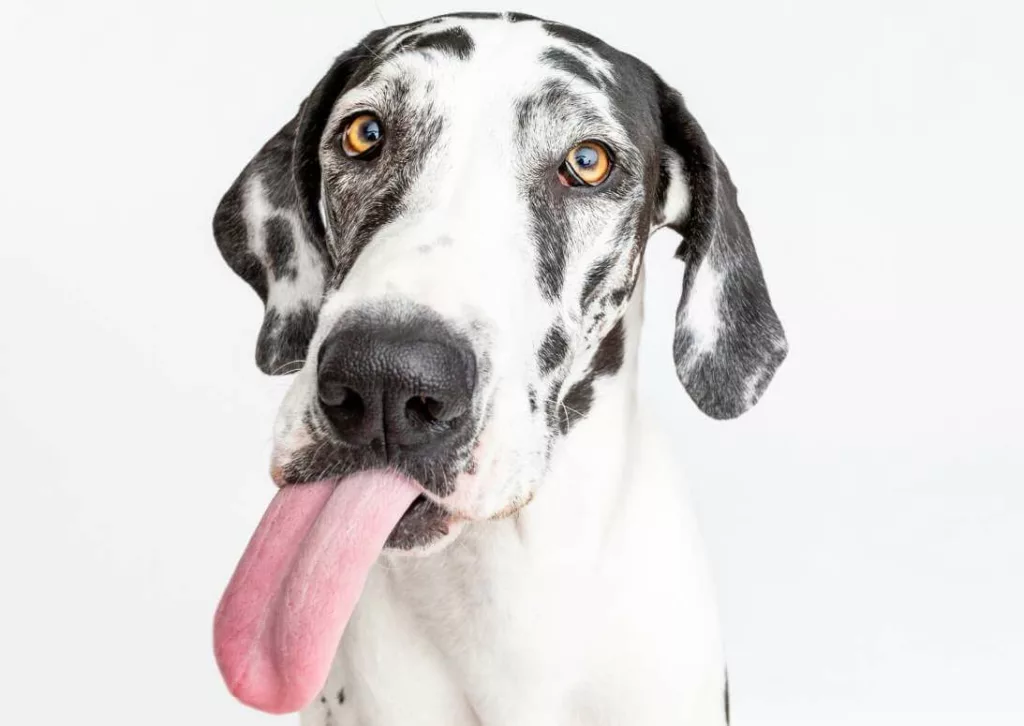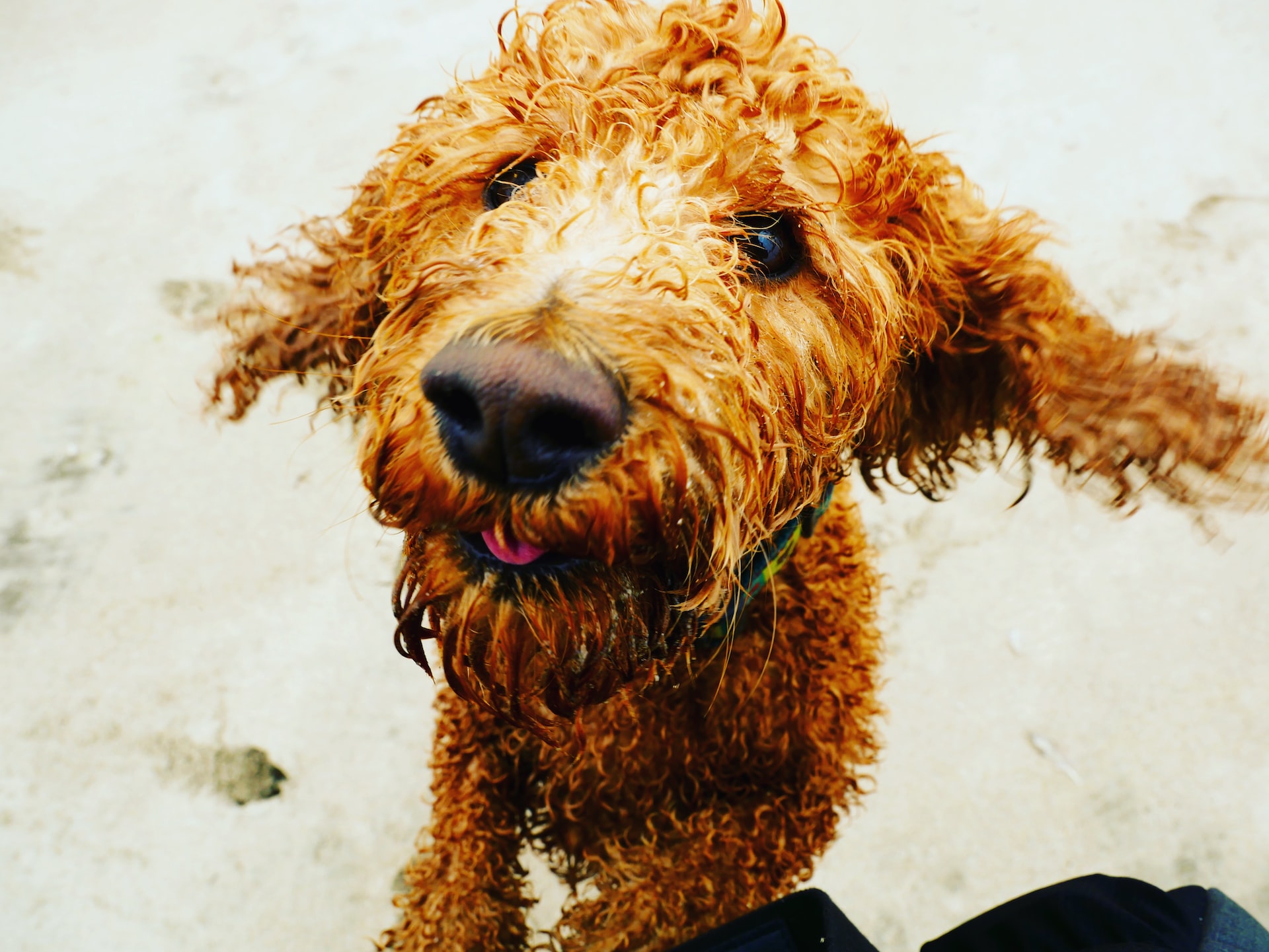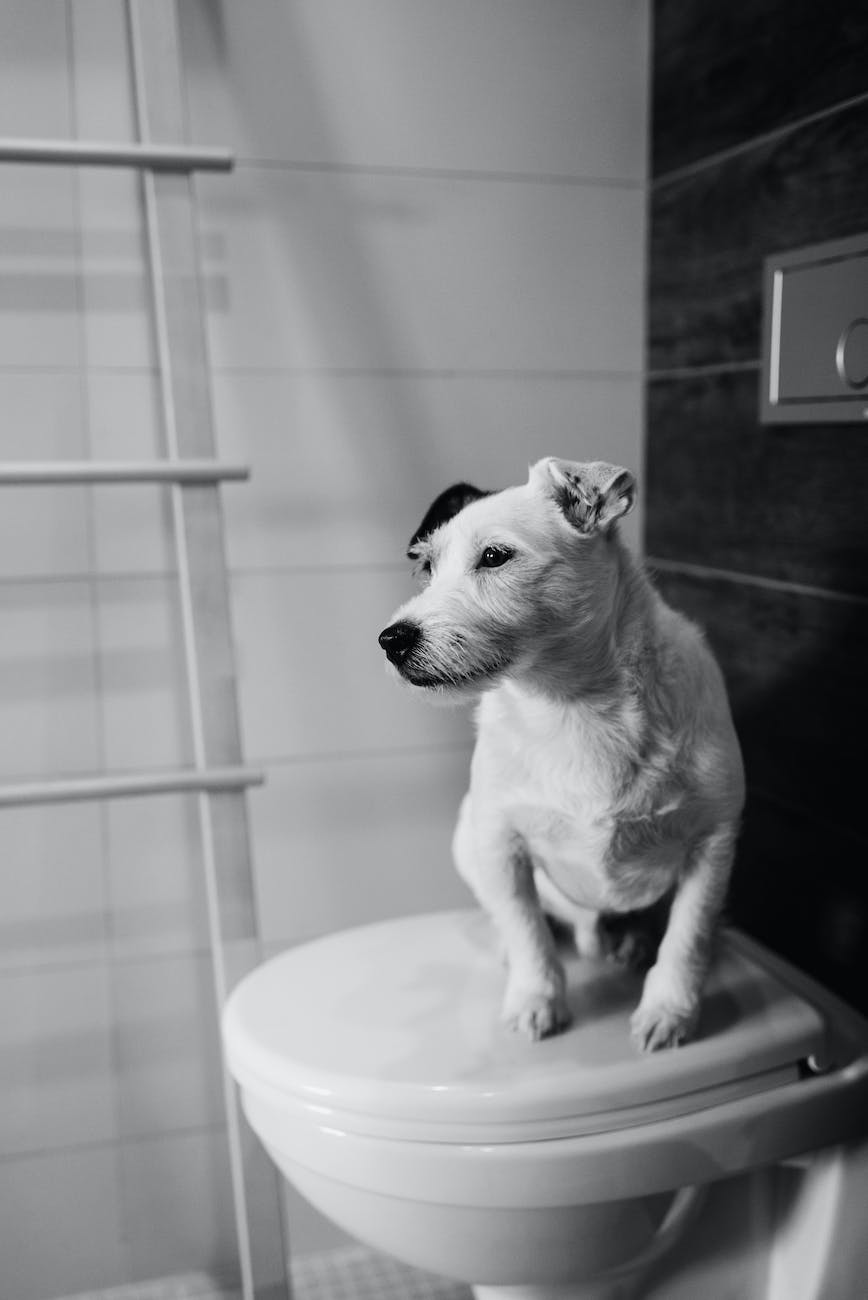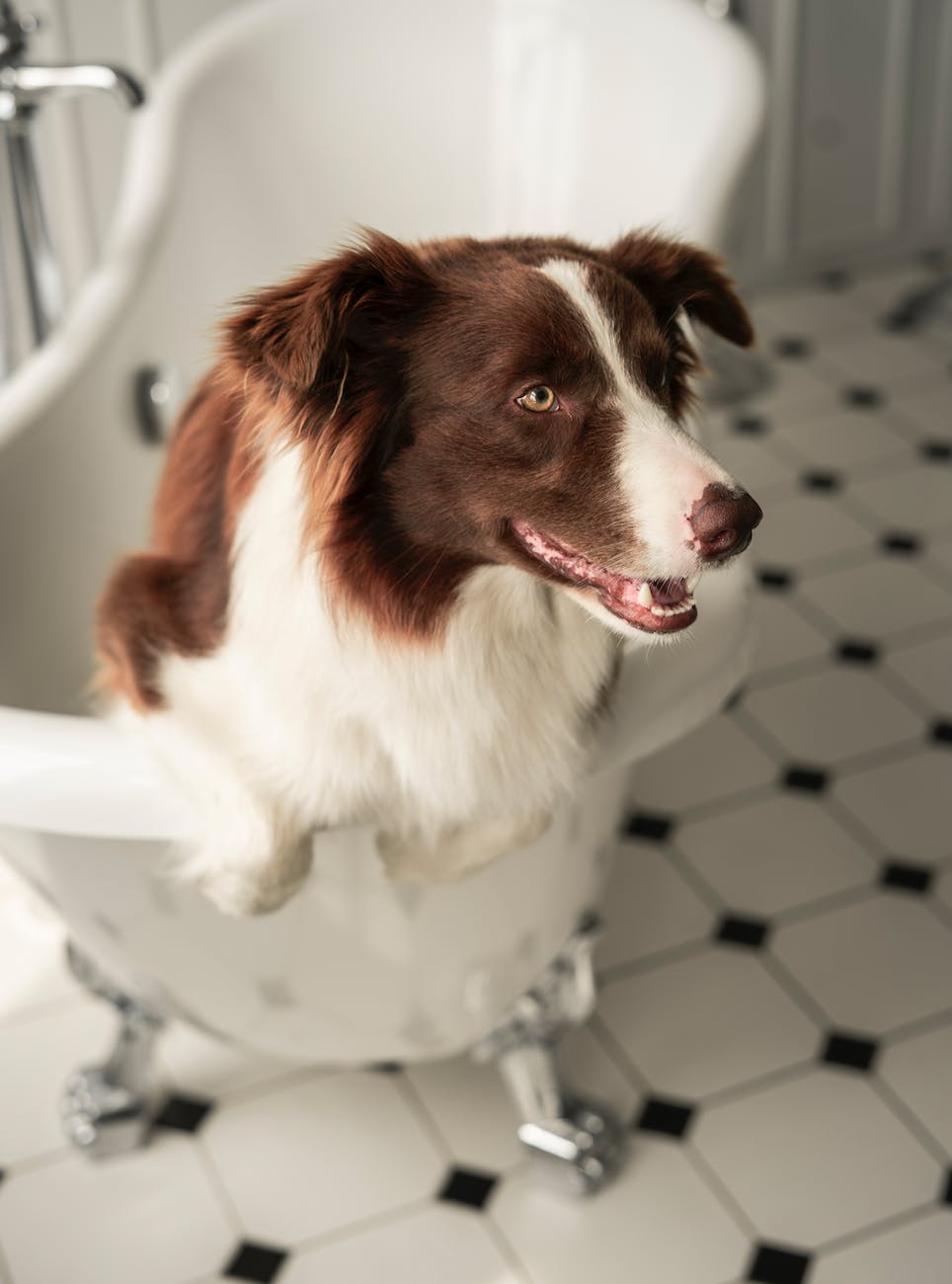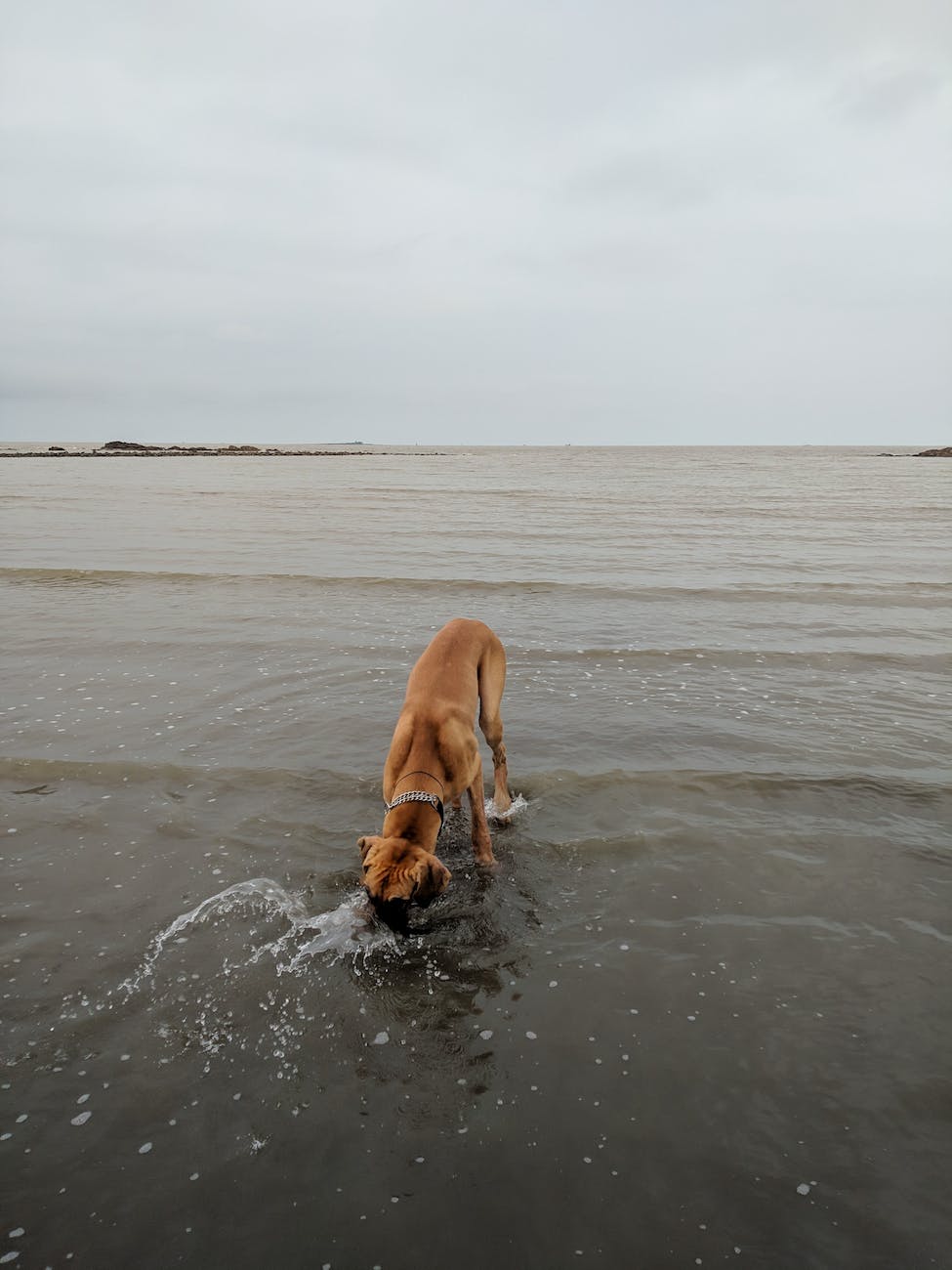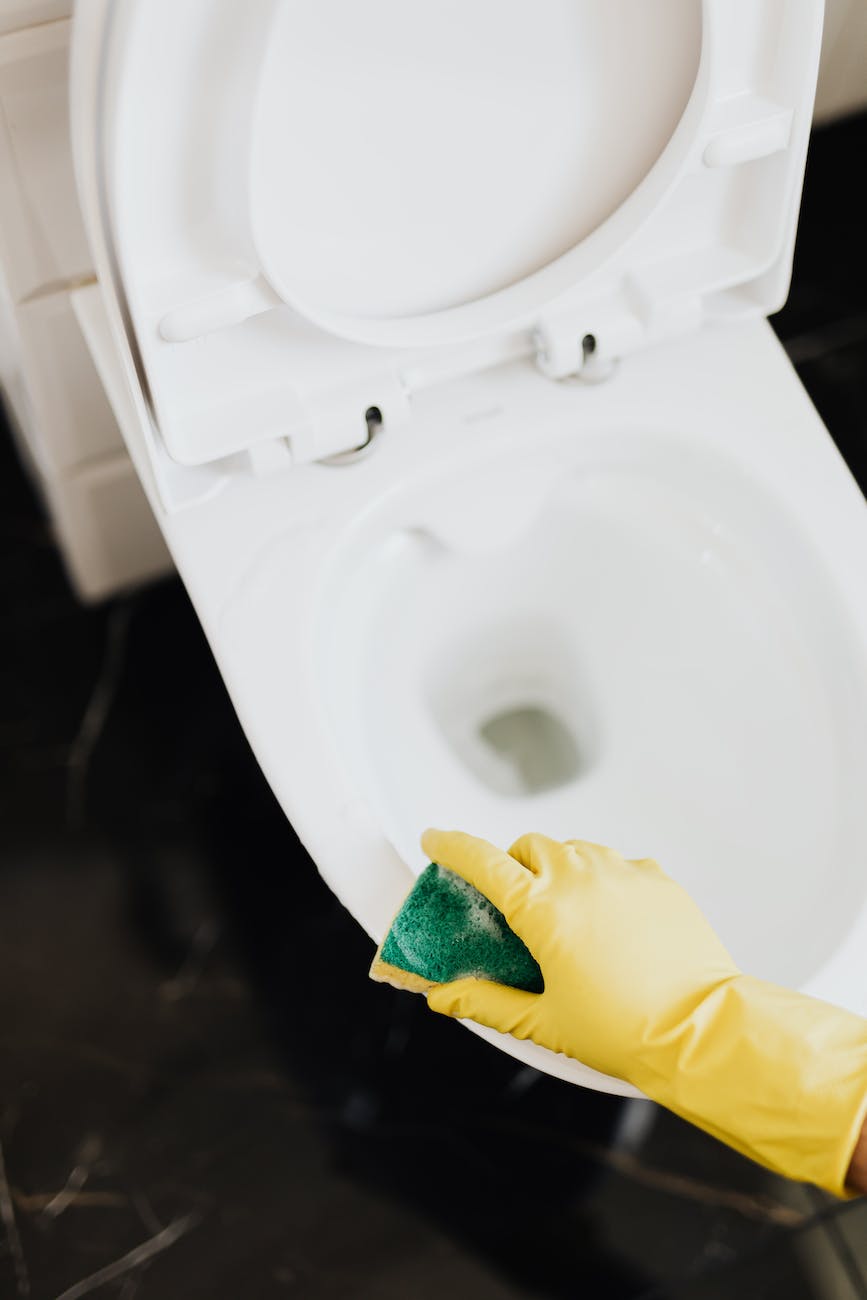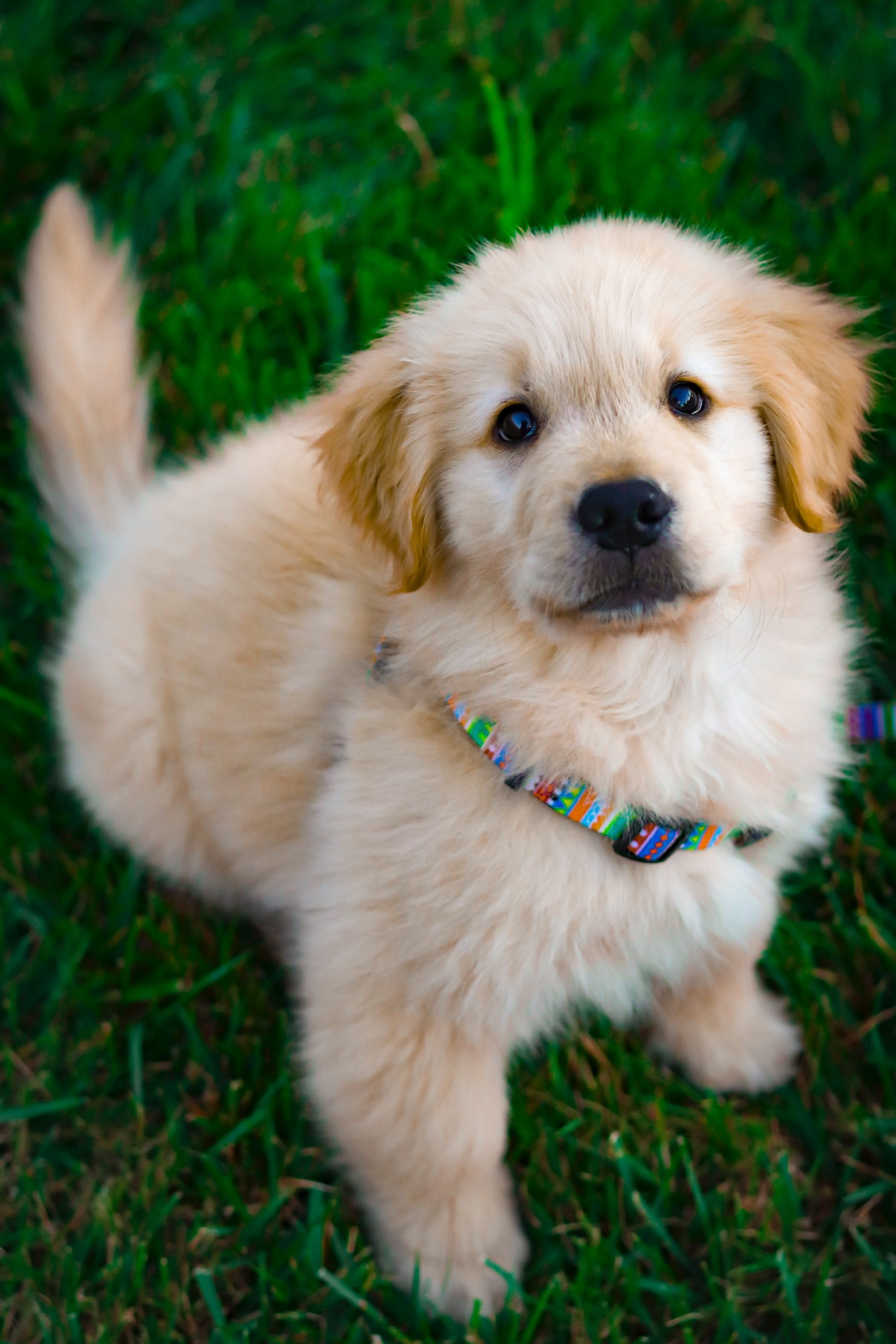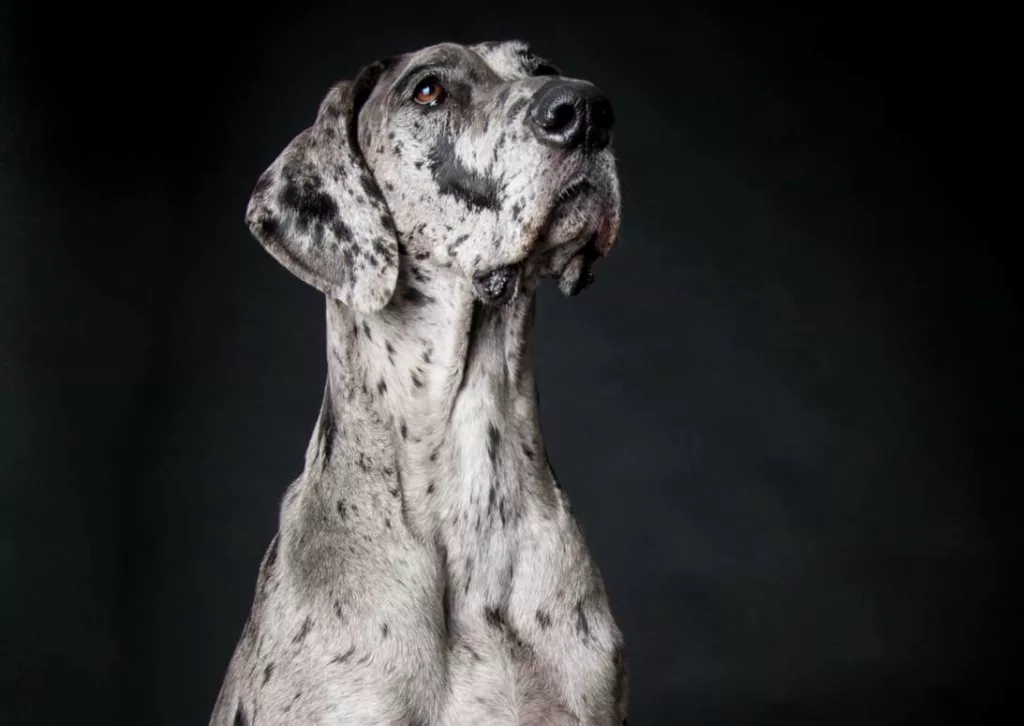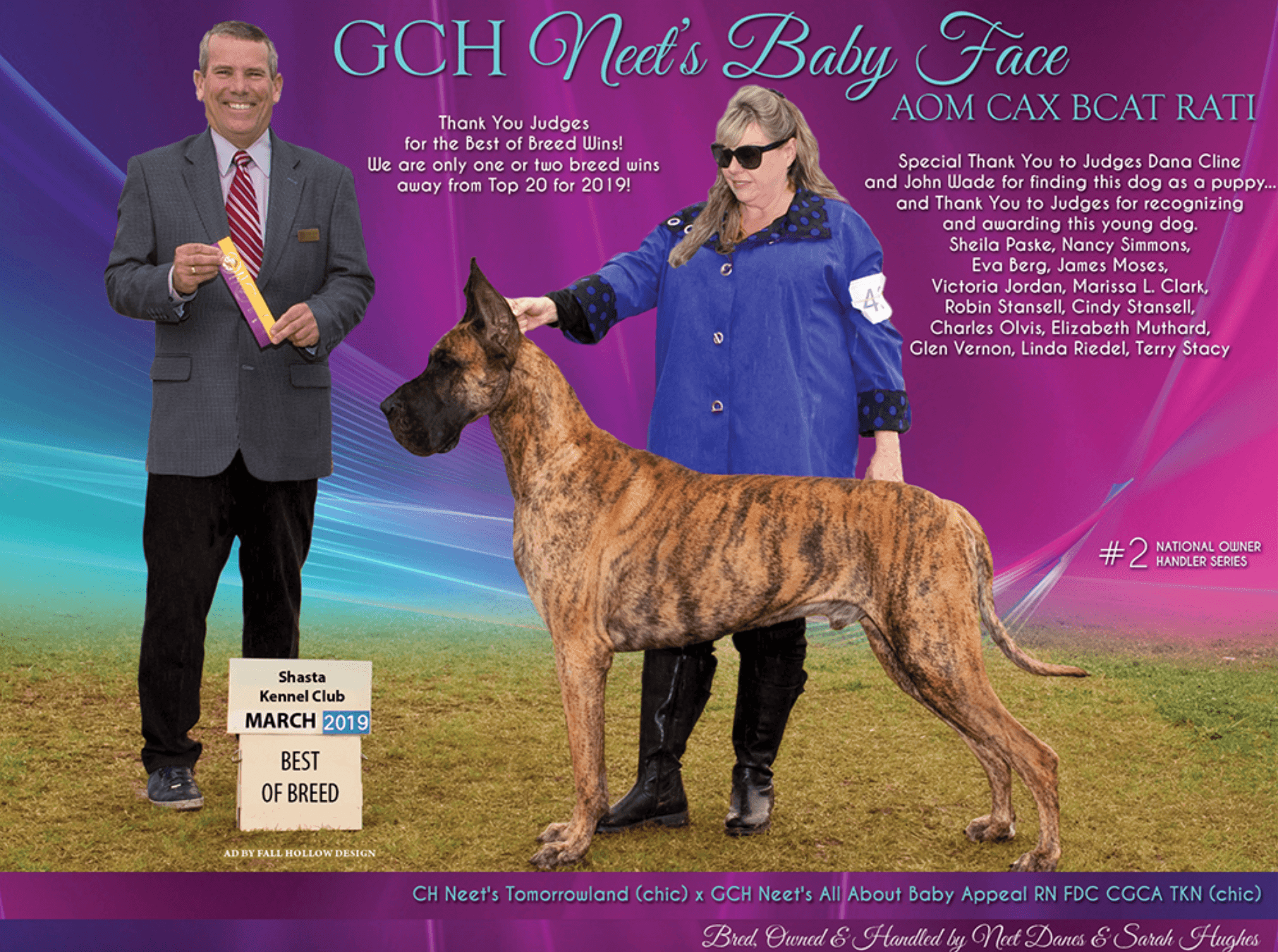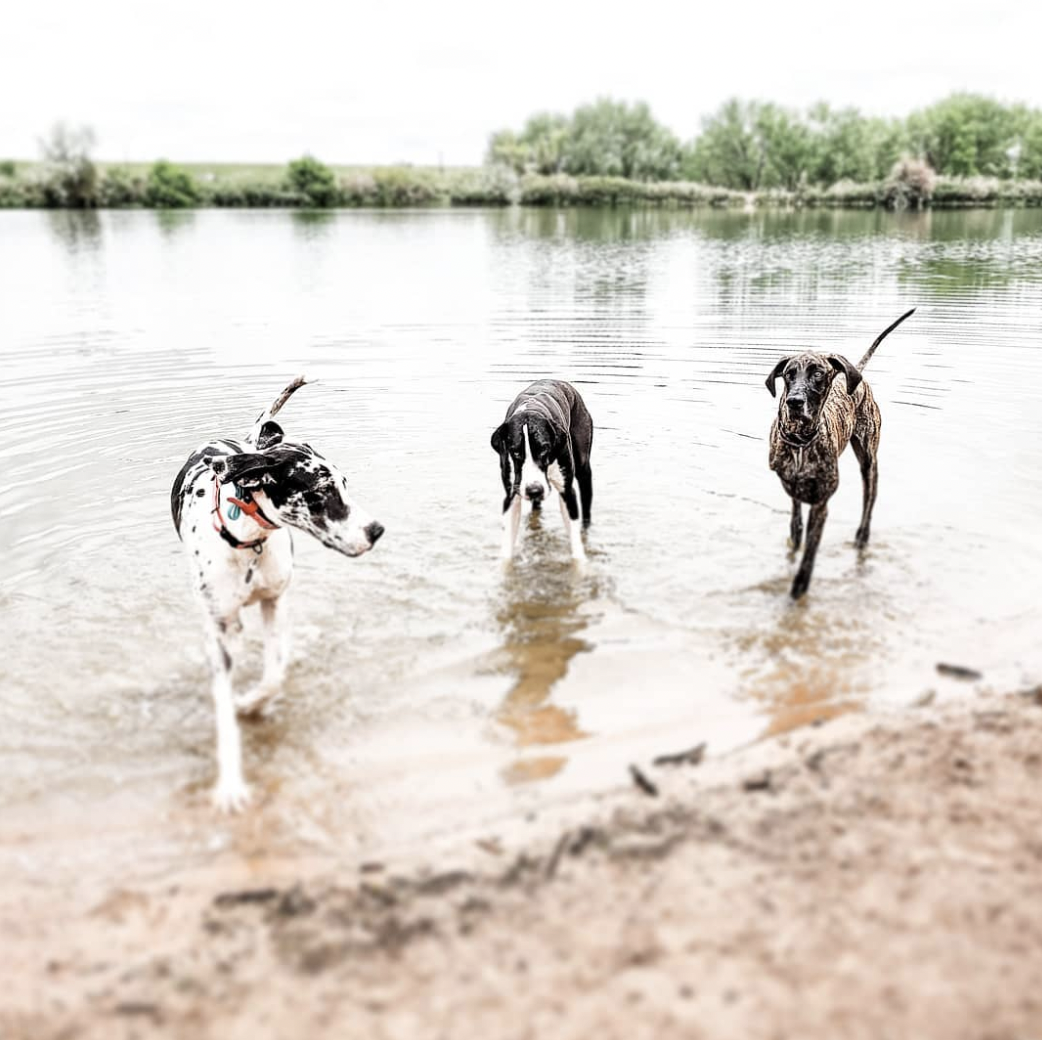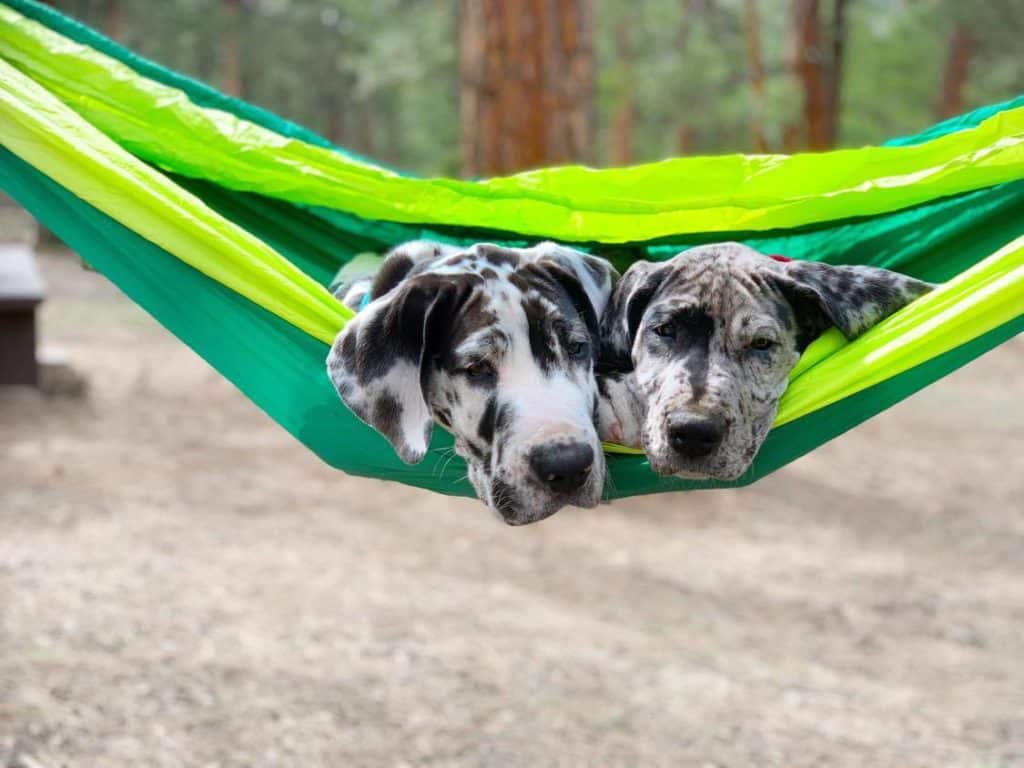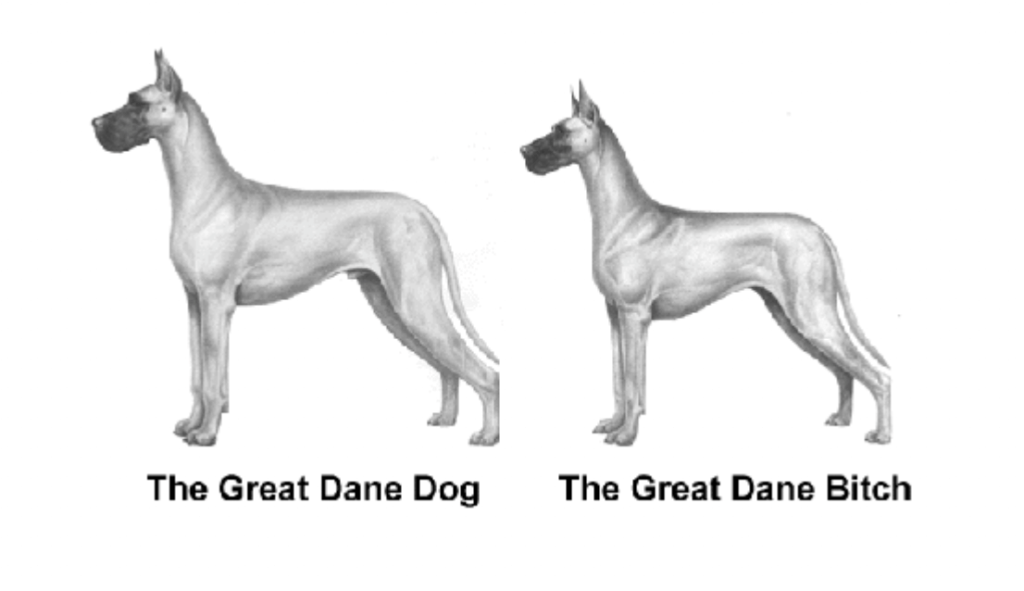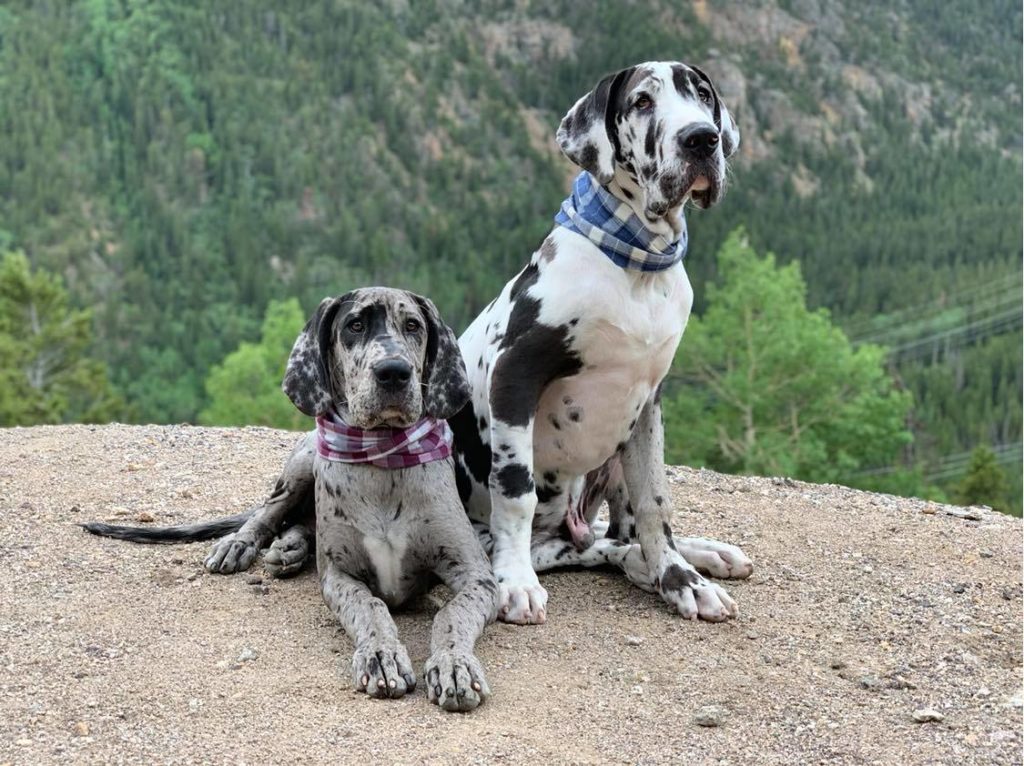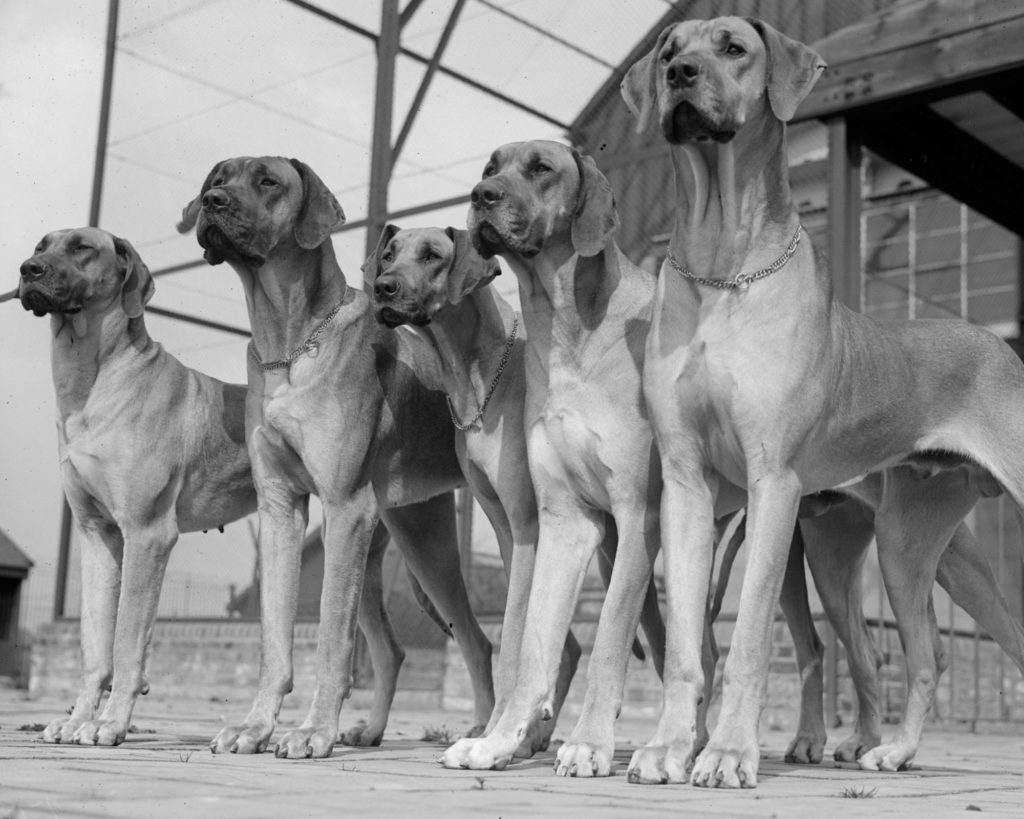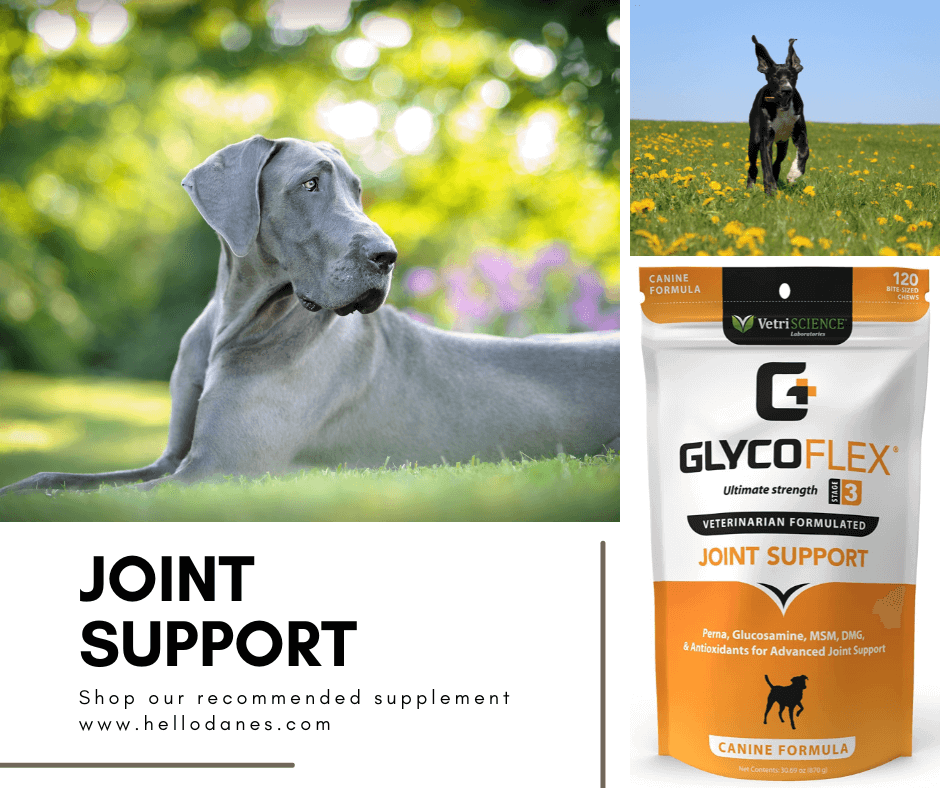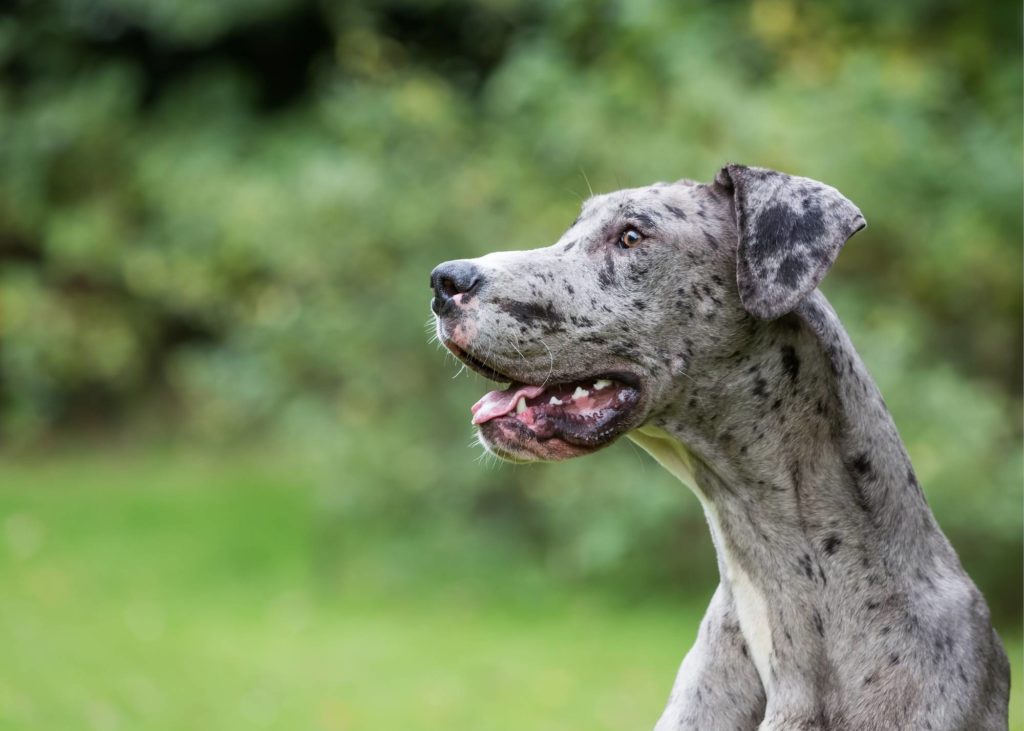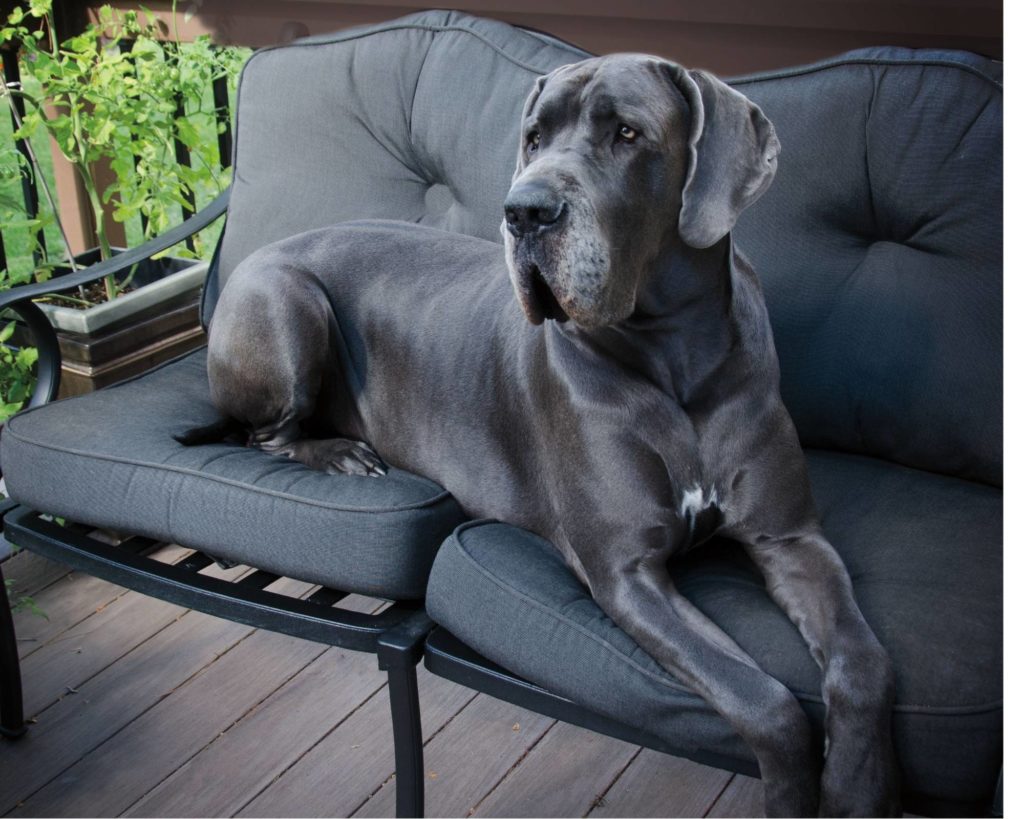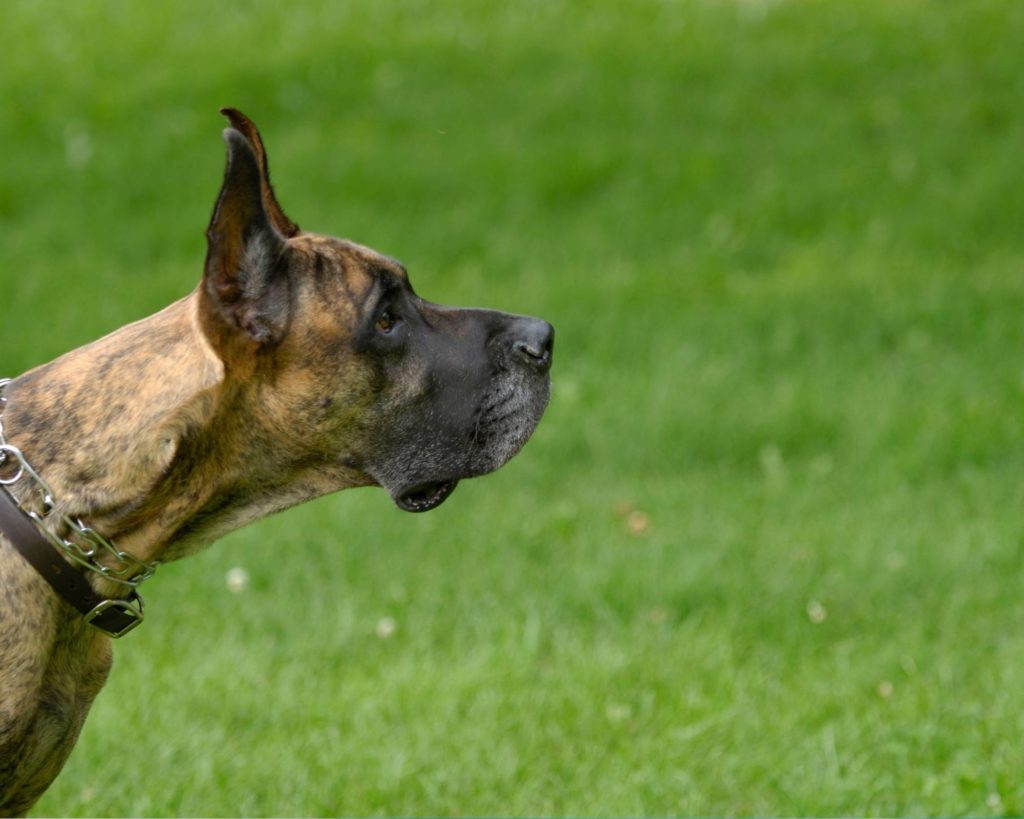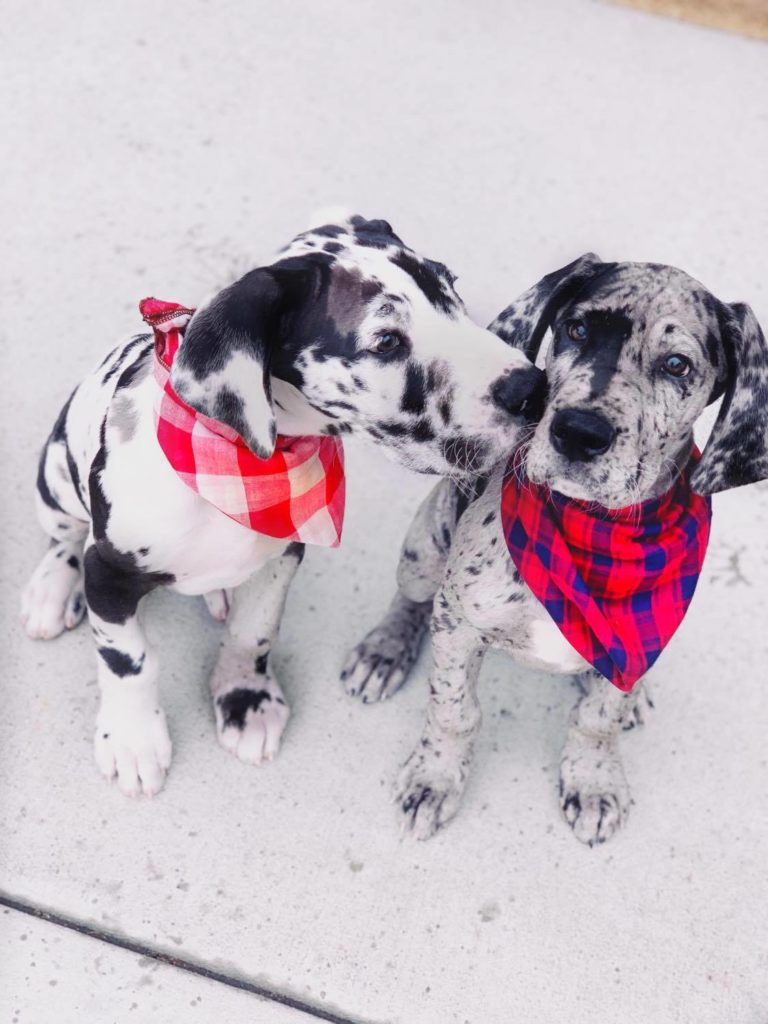Dog food recalls are a scary business for pet parents. In 2023, Victor Pet Foods issued a massive recall of all formulas in their line because of salmonella contamination. As the details emerged, we learned that they had been selling contaminated food for nearly a year (if not longer). Before that recall, Purina voluntarily recalled a small selection of veterinary food (“Elemental EL” to treat allergies) from the shelf after receiving two reports of dogs who got ill (both dogs are fine now).
How concerning are dog food recalls, anyway?
(You can read more about the Purina Recall Here, and the Victor Recall Here).
Recalls simply mean that a product is being removed from store shelves and distribution channels. Most times, consumers who purchased the product before the recall can request an exchange or refund.
The 2022 Purina Recall is a great example of a recall that was done by the company out of an abundance of caution. They issued this recall even though numerous bloggers, influencers, and pet owners would present the issue as a source of panic and fear.
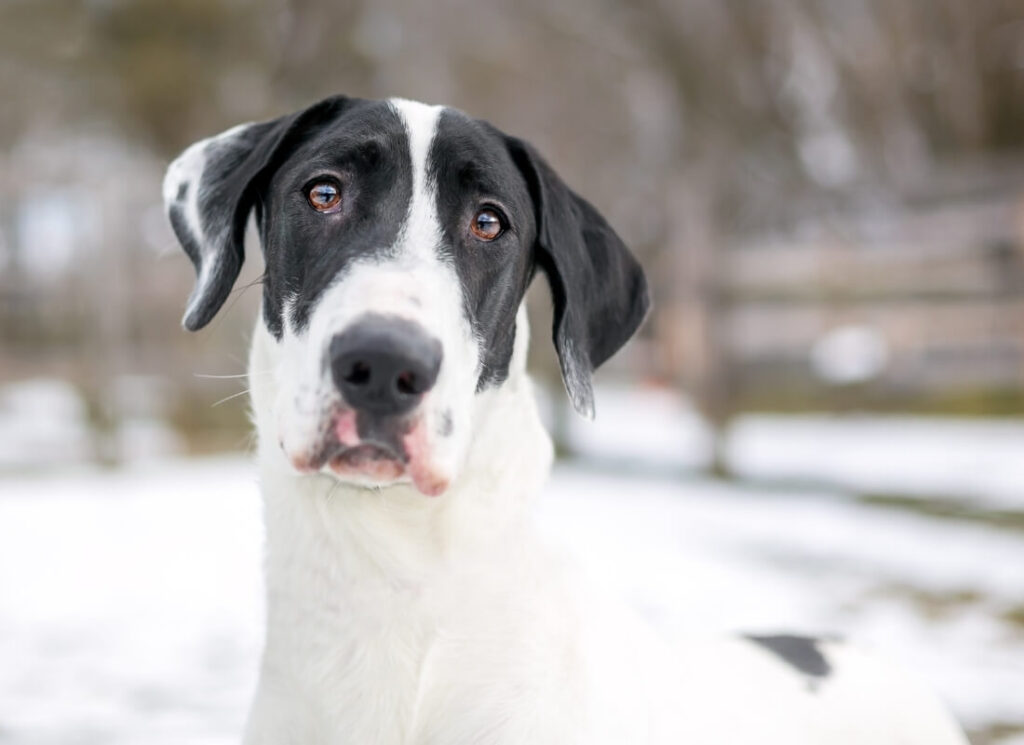
Are Dog Food Recalls Bad?
Marketing has taught us to believe that recalls are a bad thing, or that recalls indicate that a company is not honest, truthful, or diligent.
Many people reward pet food companies with no recall history, not realizing how nuanced this topic is.
Of course, sometimes recalls are indicative of a much bigger problem. There are times when a company has been negligent or has poor quality control practices. (Victor, we’re looking at you!). If a company is particularly resistant to recalling a product, the FDA can require them to do so.
Recalls can be an indication that a company is doing the right thing, too.
Most of the time, recalls are done for very good reasons. There are numerous reasons for recalls, and many times, it’s actually related to a supplier, not the company that manufactured the product.
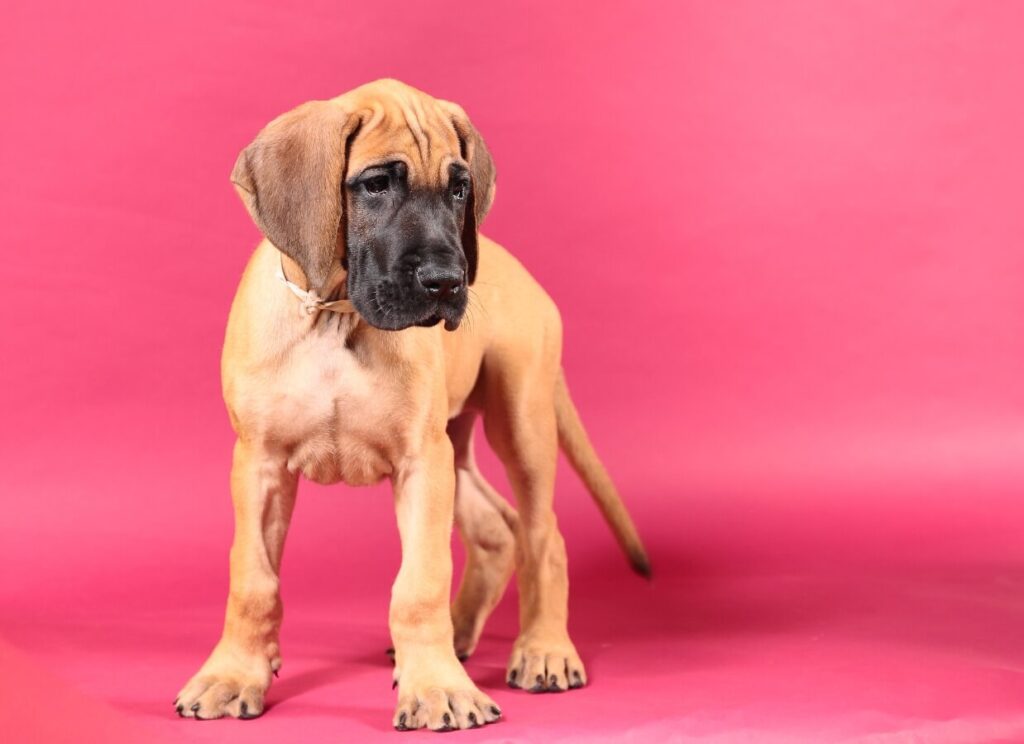
Dog Food Companies With No Recalls
Unfortunately, the negative feelings generated about dog food recalls tend to make the idea of “no recalls” appealing.
Having “no recalls” is a major reason that dog owners are drawn to certain brands. All of the largest brands (Purina, Royal Canin, Hill’s) have had recalls. These are mega-billion dollar (yes, billion) companies that feed a lot of dogs.
Having no recalls is a red flag.
Here is a list of reasons why a dog food company with no recalls can be a red flag:
#1 – Small Market Share
A company with a small market share (compared to a large company such as Purina, for example) has millions fewer dogs eating their food. If an issue comes up that could justify a recall, it’s much easier to sweep it under the rug instead.
#2 – Recalls are Bad for Marketing
For companies that actively market their history of “no recalls”, it can be an exceptionally tough pill to swallow if they do run into issues in the future. This can make a smaller company with a small market share more likely to avoid recalling something that it really should.
#3 – Financial Instability & Small Dog Food Companies
A smaller company with no recalls is also less likely to have the financial resources to accept the hit that comes to the bottom line. Not only are recalls bad for their public image but recalls can be devastating to their profits.
When we as consumers applaud companies with no recalls, and avoid companies with recalls, we incentivize companies to keep potentially dangerous products on the shelves.
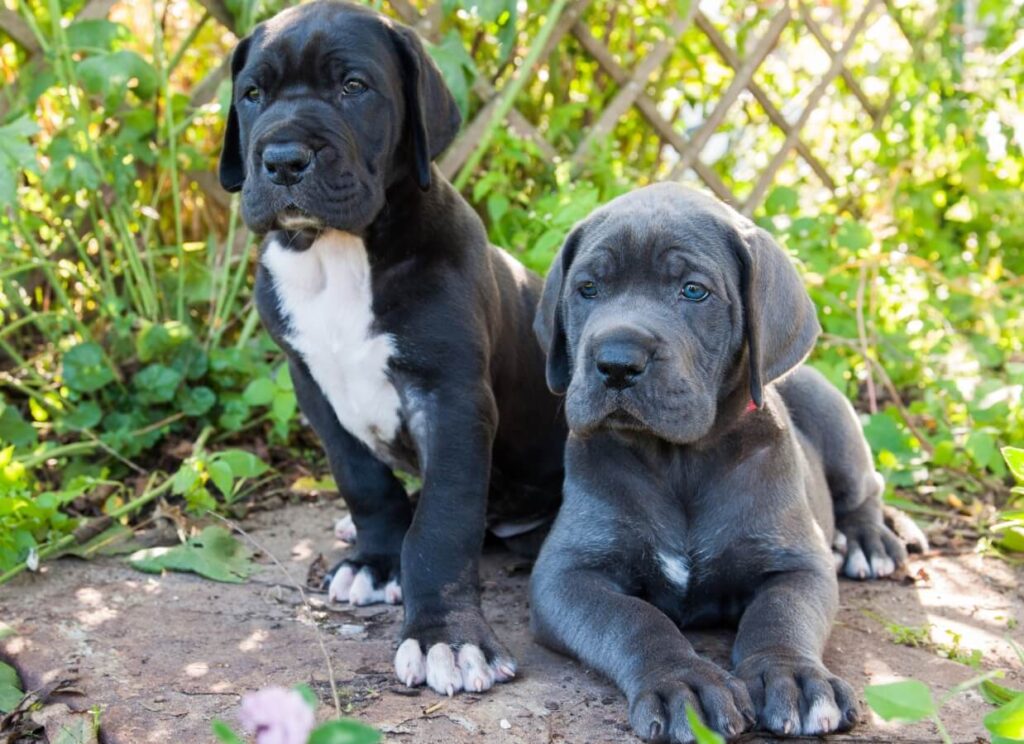
Dog Food Company Recall Issues
Here are some recall issues that have popped up in the past, from companies who denied doing a recall (because remember, recalls are bad for the public perception of the brand). Notice the blatant disregard for the pet owners, and for the pets they are feeding.
Champion Pet Foods (Orijen & Acana)
This company has had multiple issues that should have warranted a recall out of caution, however, none were issued.
In 2003, some of their products may have been contaminated by cows that had mad cow disease. Champion knew it was a potential problem and indicated that they were willing to offer refunds for concerned pet owners, but no recall was issued.
In 2018, a supplier delivered beef tallow that was contaminated with Phenobarbital (a euthanasia drug). Champion Pet Foods used the contaminated tallow in production and many bags of food were distributed to suppliers. Once the FDA stepped in, the company retrieved unsold products but did not issue a recall for food that had already been sold.
Champion (Acana / Orijen) did not recall food that was potentially contaminated with Phenobarbital.
In 2019, the FDA released statements about a potential link between grain-free pet foods and the development of deadly nutritional DCM. (Since this time, many studies have shown a link between excessive use of peas, lentils, potatoes, and legumes and dogs developing heart conditions; these ingredients are common in grain-free foods).
Champion Pet Foods, despite being implicated many times in early confirmed and ongoing reports, and despite making certain formulas that are loaded with suspect ingredients (lentils and peas) did not recall their grain-free foods. To this day they continue to deny any link.
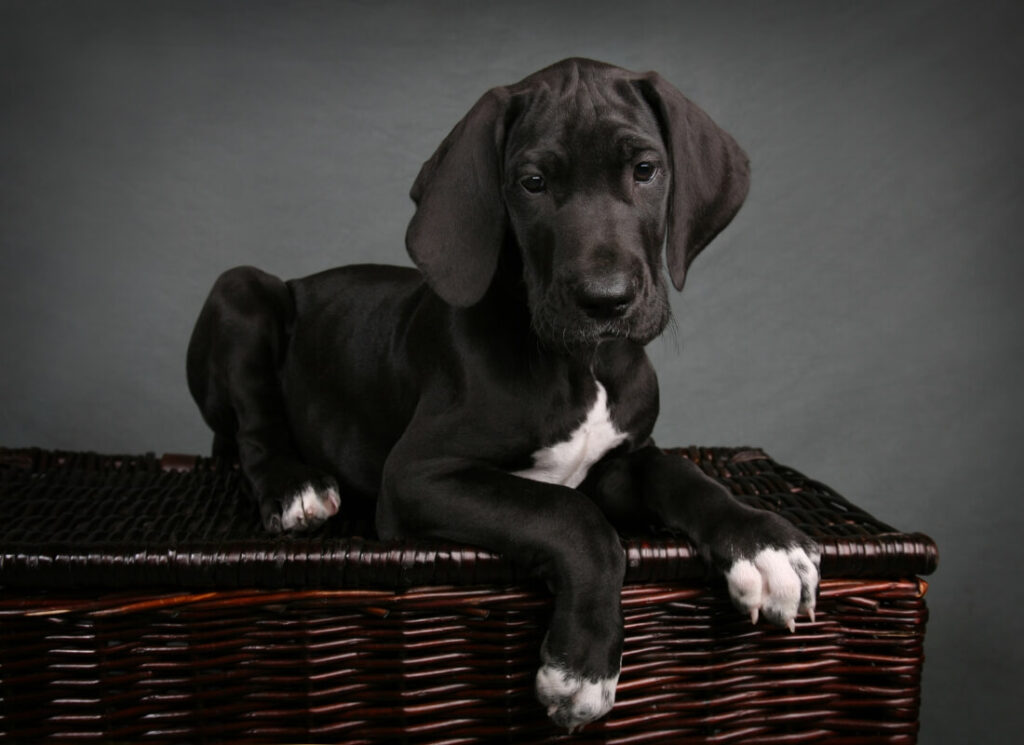
Victor Pet Foods
Victor Foods prides itself on never having had a recall, and it’s a major reason many people choose the brand.
However, Victor has been implicated many times by pet owners and even veterinarians for dogs becoming sick on their formulas. Nutritional DCM reports have been confirmed (see THIS group for more information) and a lot of reproductive veterinarians will tell you that breeding issues are common for dogs fed Victor.
Of course, they did end up issuing a massive recall in 2023 that prompted many of us to dig deeper into their practices. Turns out that Victor has been selling contaminated food for months; they were not testing their products for salmonella.
Darwin’s Raw Pet Food
In 2019, several kinds of Darwin’s Raw Pet food were found to be contaminated with salmonella. This is an unfortunately common problem with raw dog food in particular, and Darwin’s is not the only one to face pushback from the FDA regarding their practices.
Darwin famously denied a recall and told consumers there was nothing to be concerned about.

Pet Food Recalls That Are Alarming
As we see above, some companies don’t recall things that should be recalled. This is a common practice with many stories we will never hear about (because it’s easy to hide small mistakes).
Other companies recall things where the fact that there was an issue in the first place is alarming. Let’s dig into this:
Midwestern Pet Foods (Sportmix, Wholesomes, Earthborn Holistic, Pro Pac)
Midwestern Pet Foods was found to have serious issues with its manufacturing facilities, indicating poor overall quality control and testing practices.
Many formulas were recalled because of salmonella and aflatoxins (both are deadly and yes, many dogs died).
This is a good example of a brand where recalls are an indication of bad practices, and should be a clear red flag to pet owners that it may be best to avoid this brand altogether.
Knowing that Midwestern Pet Foods had seriously nasty production practices in the first place should be alarming to all pet owners.
Hill’s Science Diet Prescription Vitamin D Recall
Like many brands (including Fromm and Purina), Hill’s has had to issue a recall regarding vitamin D levels in certain formulas of their foods.
Purina issued its recall in 2022 after just two dogs turned up sick; the recall was voluntary and initiated by the company out of an abundance of caution.
Fromm issued their recall in 2021 after certain canned foods had elevated levels of vitamin D.
In the case of Hill’s, it was determined that they did NOT test their vitamin pre-mix before using it in the product. For a smaller company, this wouldn’t have likely been a huge deal. For a large company like Hill’s, many dogs were made ill by this oversight.
This is an issue and Hill’s has been held accountable for it. It’s not a mistake that they are likely to make again and while we still recommend Hill’s, if you feel uncomfortable feeding it that’s understandable.
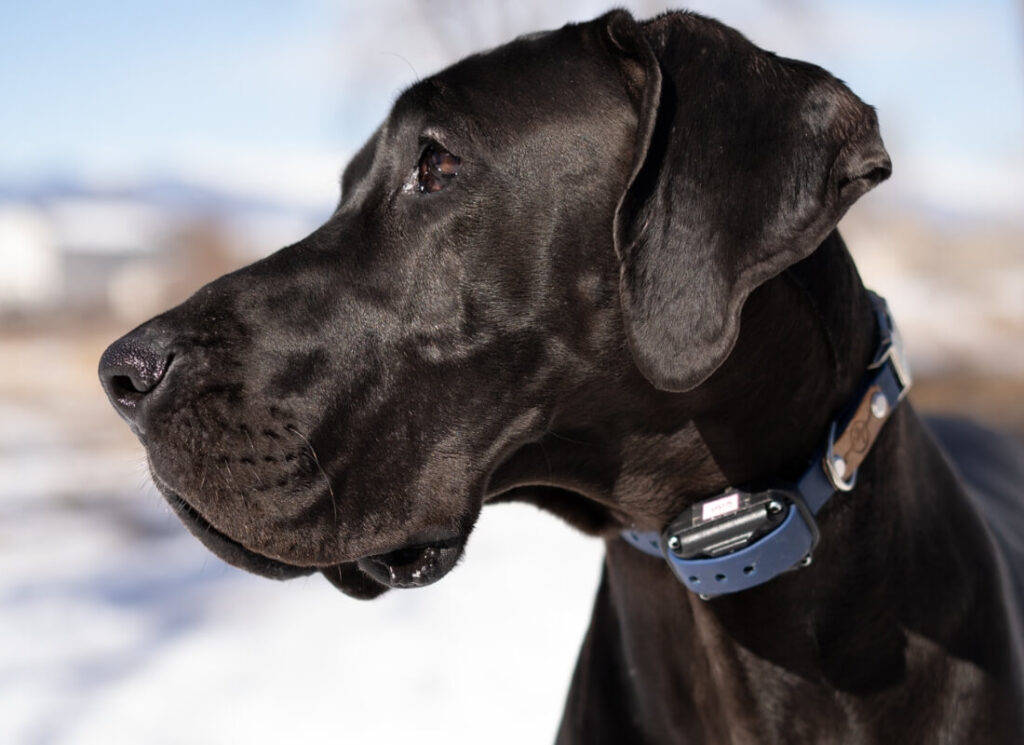
Critical Thinking & Educated Consumerism
This of course brings up the discussion about being an educated consumer and using critical thinking skills to make decisions.
Recalls save lives. In a perfect world, no dog food company would ever need to recall something. But it’s bound to happen, especially for companies producing food at a large scale.
Some recalls are damaging and very alarming.
Some recalls are helpful and done with safety and ethics in mind.
Some recalls are potentially damaging, and the company learns from them.
Some recalls that should happen, never do.
It’s important to be alarmed for the right reasons.
The 2022 Purina Vitamin D recall has generated more social media attention than almost any other in recent history. It’s a small recall related to just one product line, with no deaths or serious damage. In the history of recalls, especially among recalls that have caused death and damage, this should be a blip on the radar.
To put this into perspective, Fromm Foods had a vitamin D recall in 2021…I bet you never even heard of it. There are very recent recalls as we speak from Fresh Pet and Primal Pet Foods as well.
Despite this, bloggers, influencers, and pet owners are out in force with inflammatory headlines:
- “Purina has TOXIC ingredients”
- “Purina recall indicates deadly food!”
- “Dogs Sick from Purina Food”
- “Toxicity in Purina Foods”
These kinds of misleading statements drive distrust for Purina and lead uneducated consumers to believe that all Purina foods have been recalled and that Purina itself is a bad company.
Many of the same people who make these statements give a pass to Champion, Midwestern, Mid-America(Victor), and Darwin, even though their recalls (or lack thereof) are infinitely more dangerous and unethical.
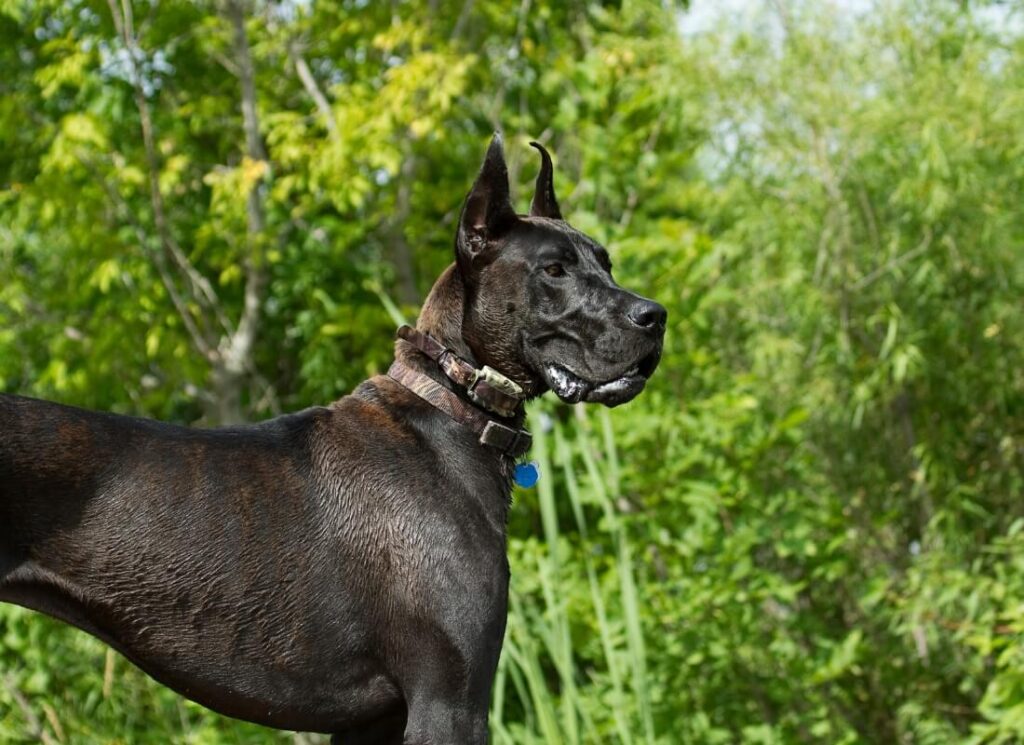
How to Choose a Pet Food Company
It’s no surprise that choosing a pet food company is hard; there are thousands of brands on the market, all with fancy labels vying for your attention.
There are many ways to choose pet food, and some of the most popular ideas are actually among the worst reasons!
Here is a list of things that many people prioritize when choosing a pet food, not realizing that they may be being misled:
- The ingredients list (which is easy to build around consumer tastes, not necessarily quality nutrition)
- The recalls list or lack of recalls (the whole point of this post)
- Unregulated marketing terms such as holistic, super-premium, or biologically appropriate
- Higher price point (which may mean nothing at all in terms of nutrition and quality)
- False claims about the food preventing or treating certain conditions such as cancer
- Pet store employees, influencers, and poorly qualified “canine nutritionists” who promote certain products as healthier or higher quality
Are you falling subject to any of those common practices above? Take a step back and evaluate the credentials and qualifications of the people you source nutrition information from. Most nutritional information fed to us by pet stores, influencers, and food brands is nothing more than marketing.
We recommend the Tufts Veterinary University Petfoodology Blog HERE.
You can also look up legitimate and helpful stats (such as who formulates the food) on your brand at the Pet Nutrition Alliance.
For recall notices and information, the most ethical, up to date, and informational source is the FDA. You can read the FDA list of pet food recalls HERE.


